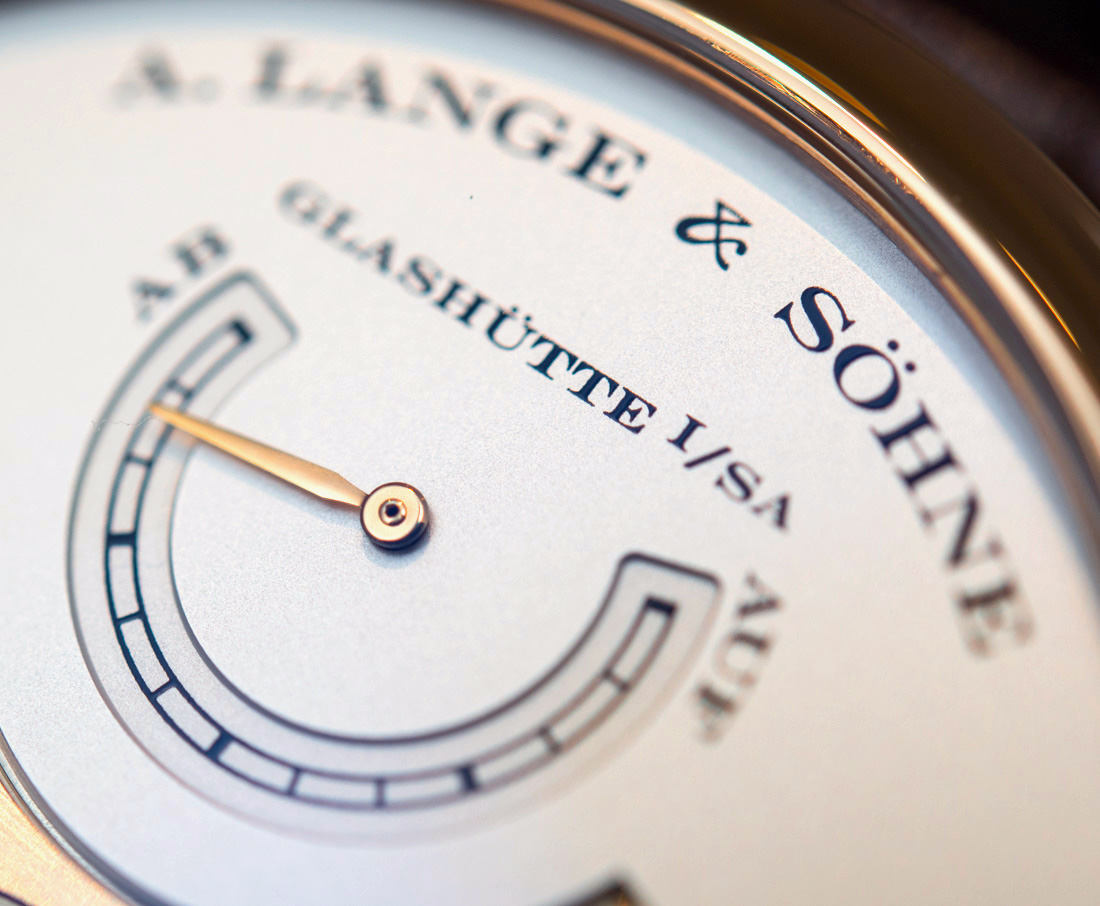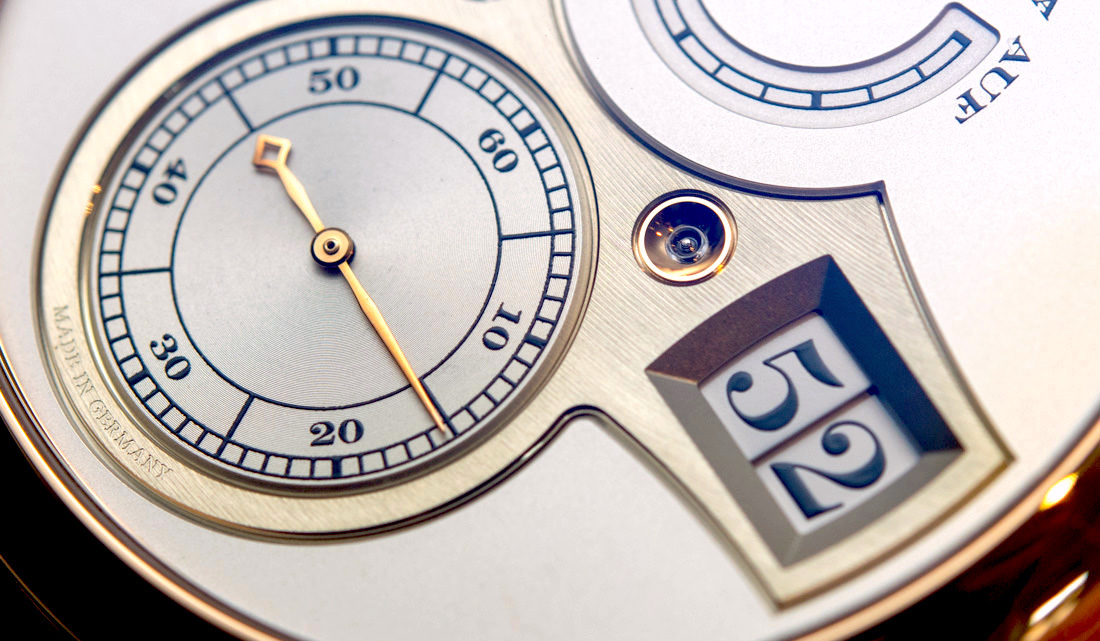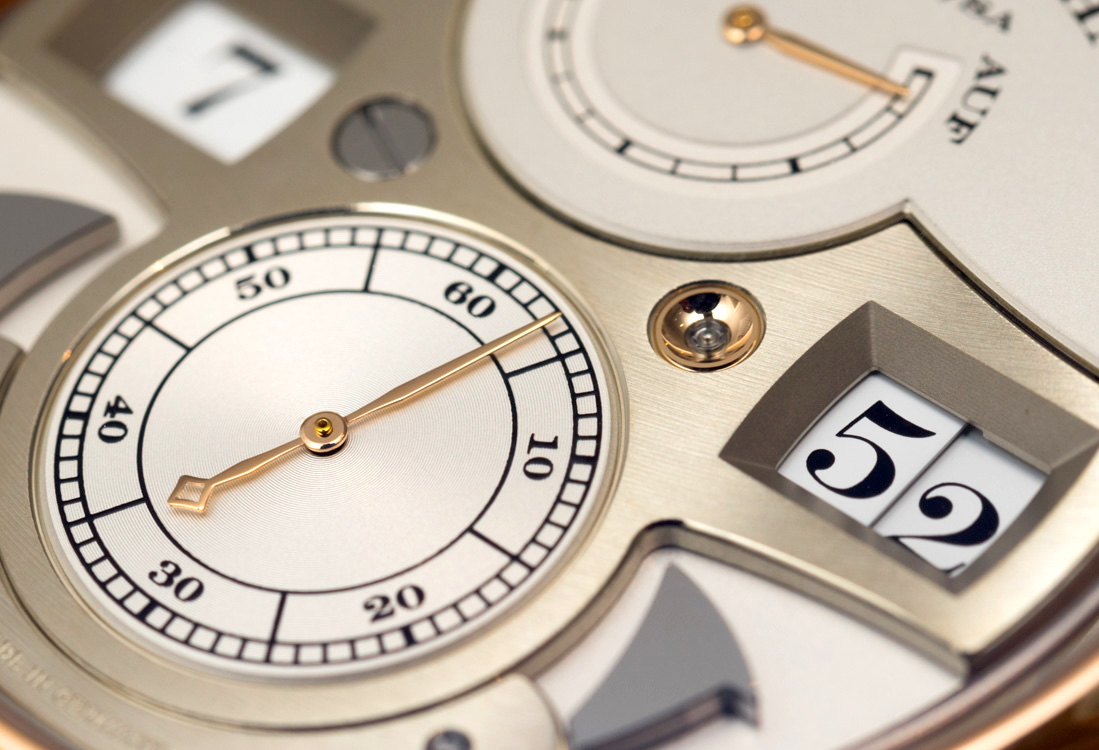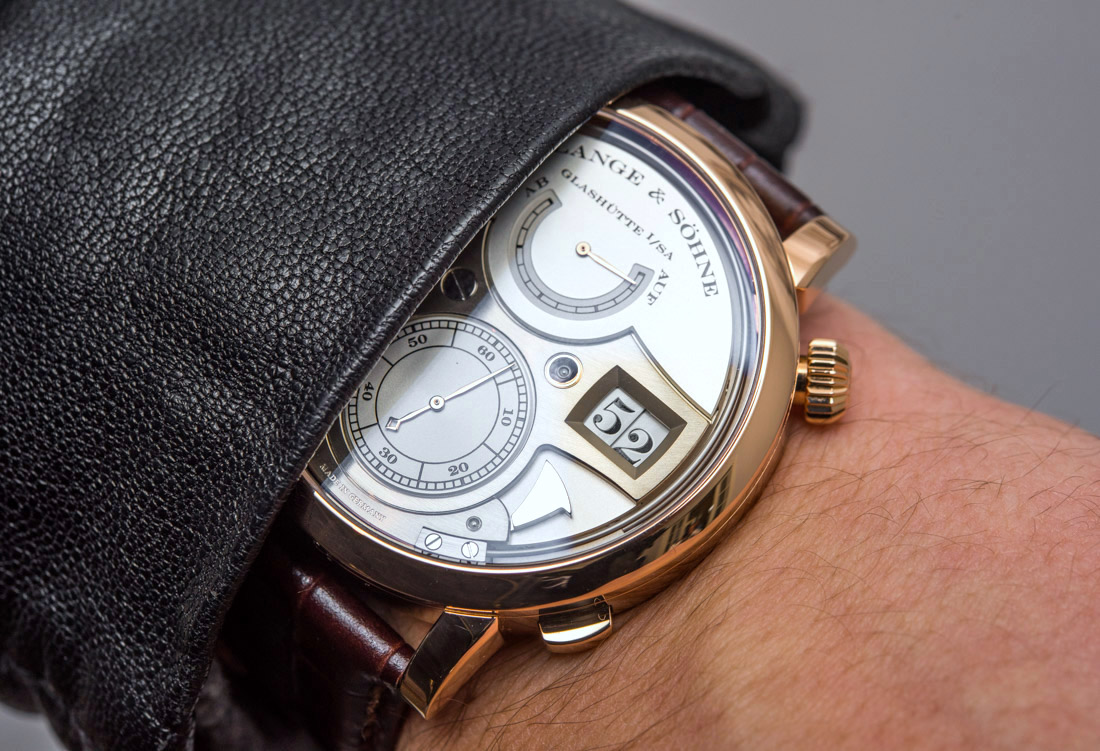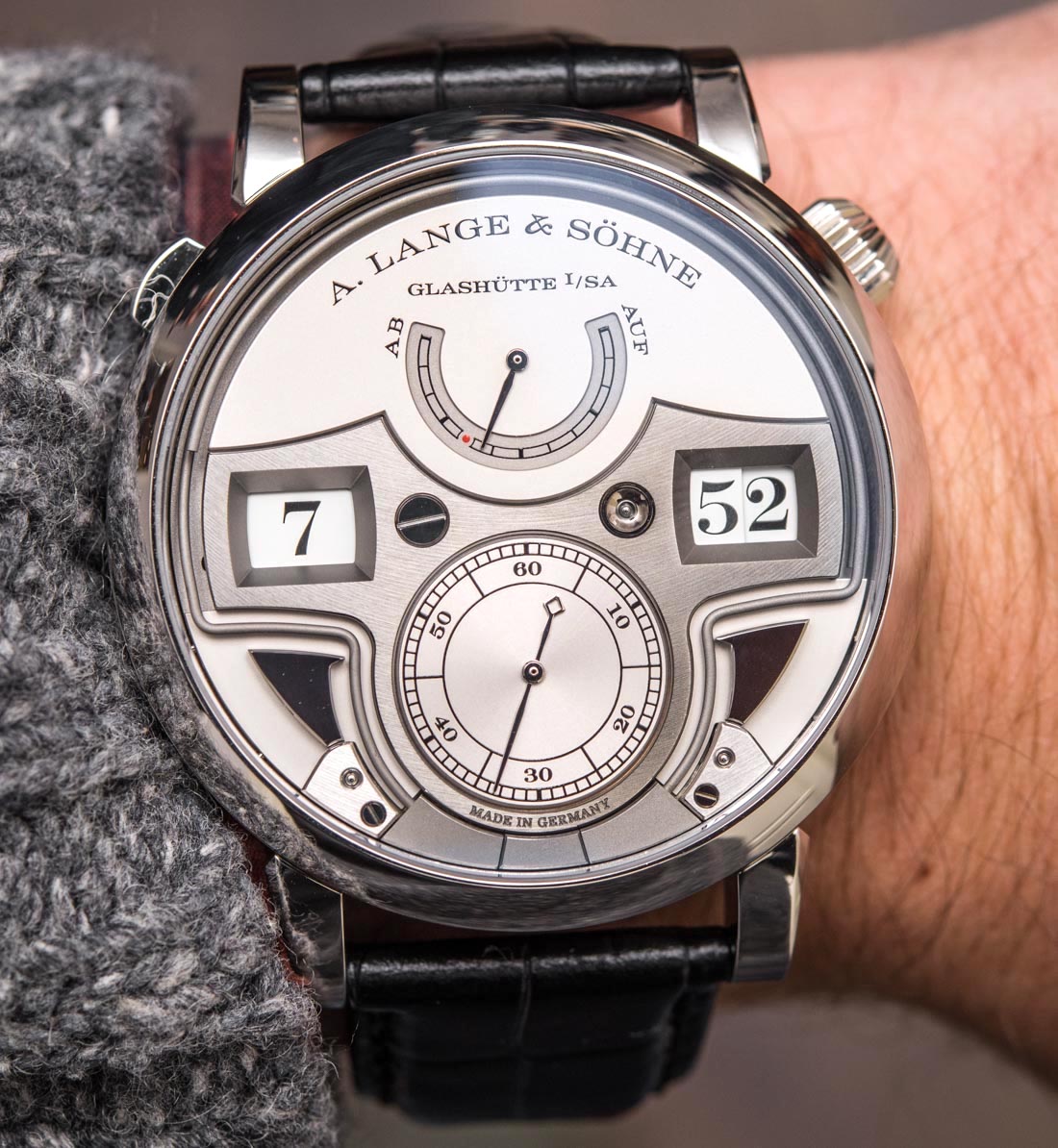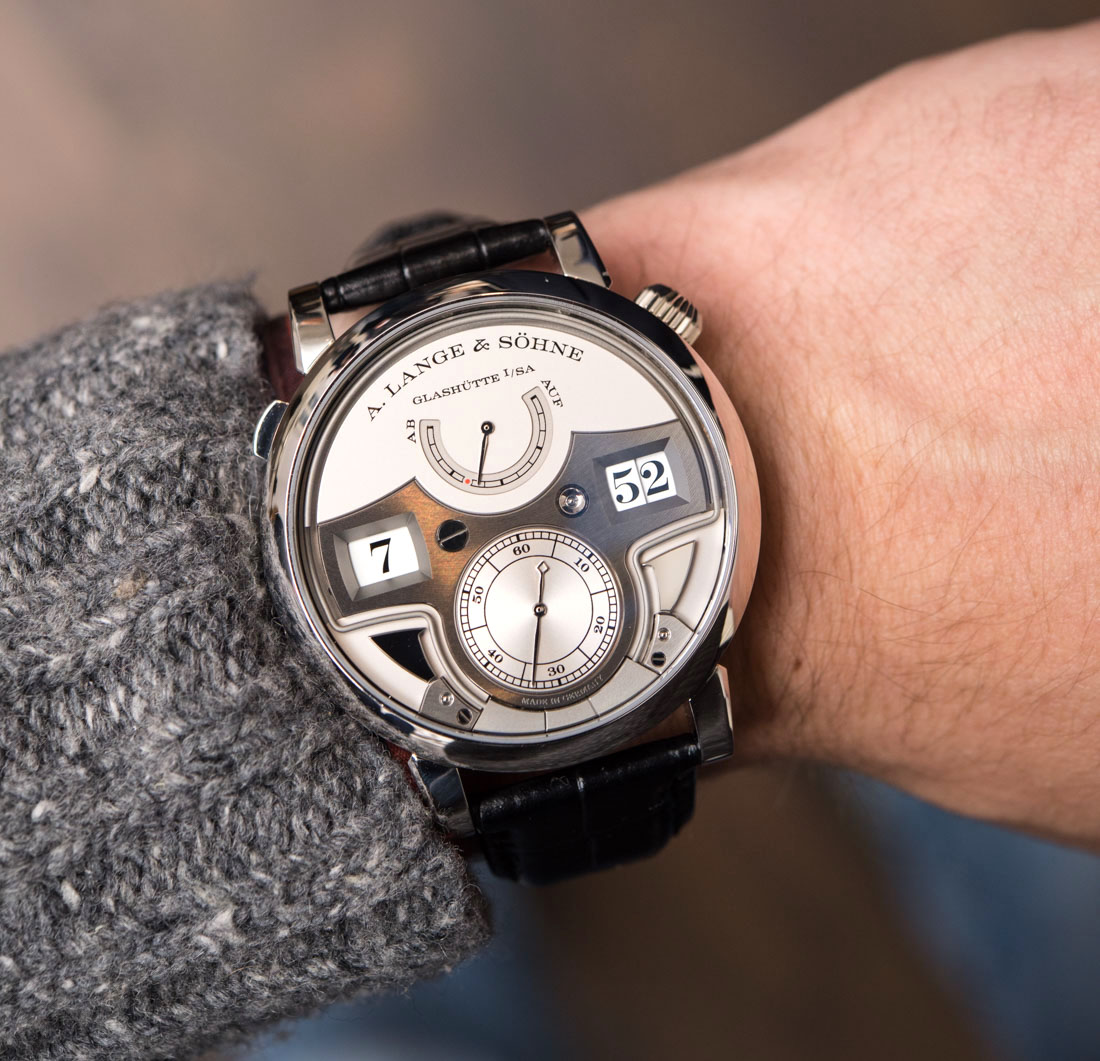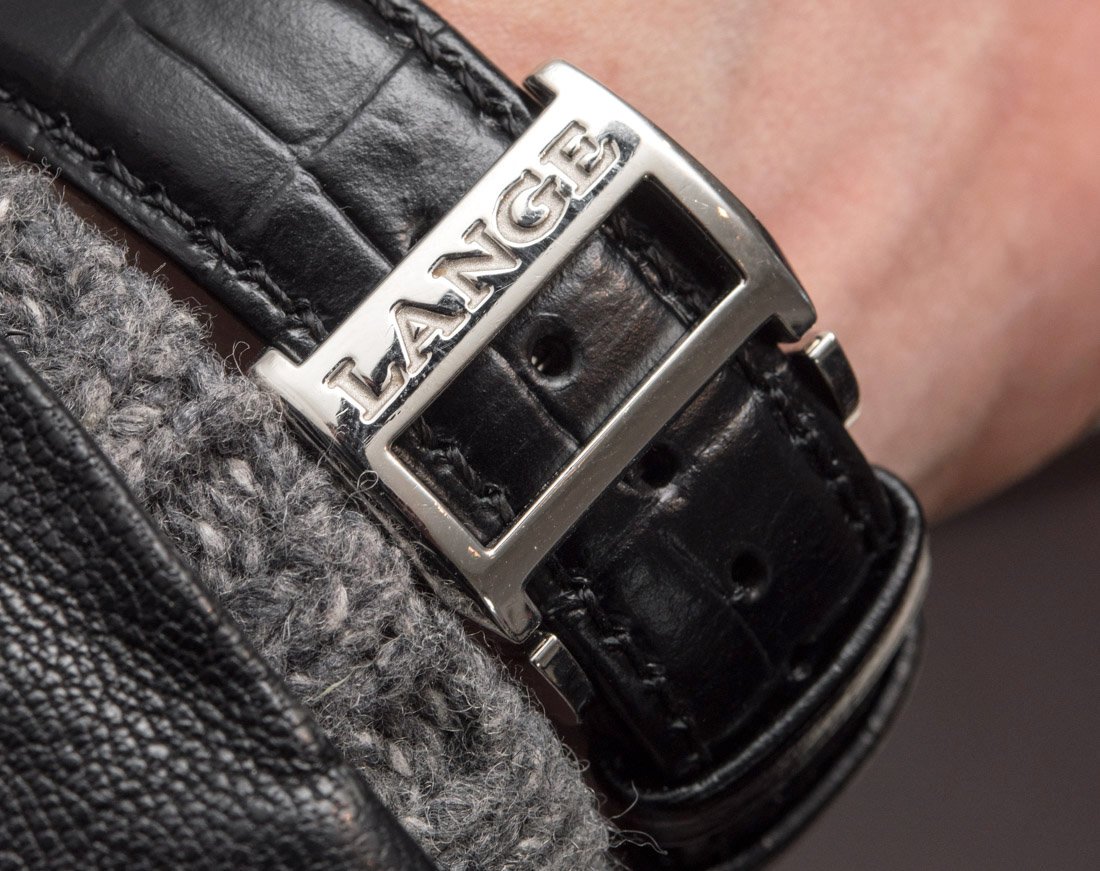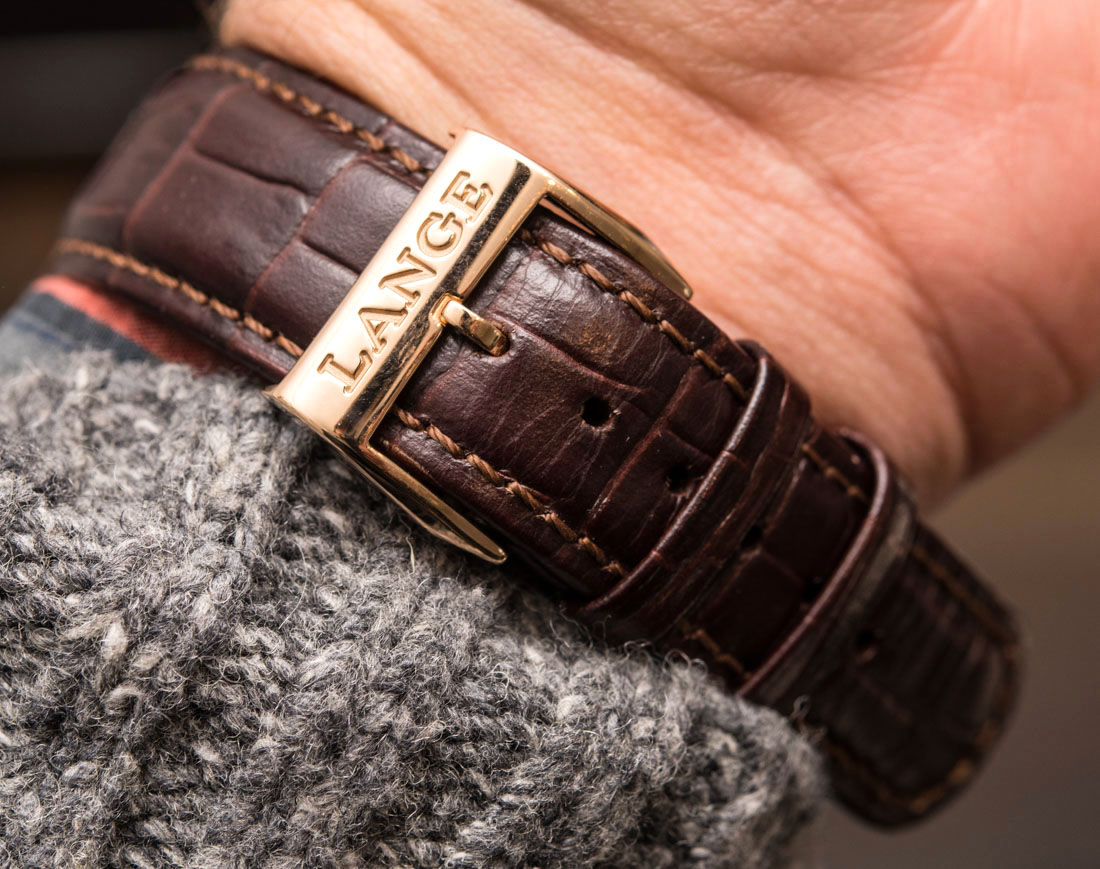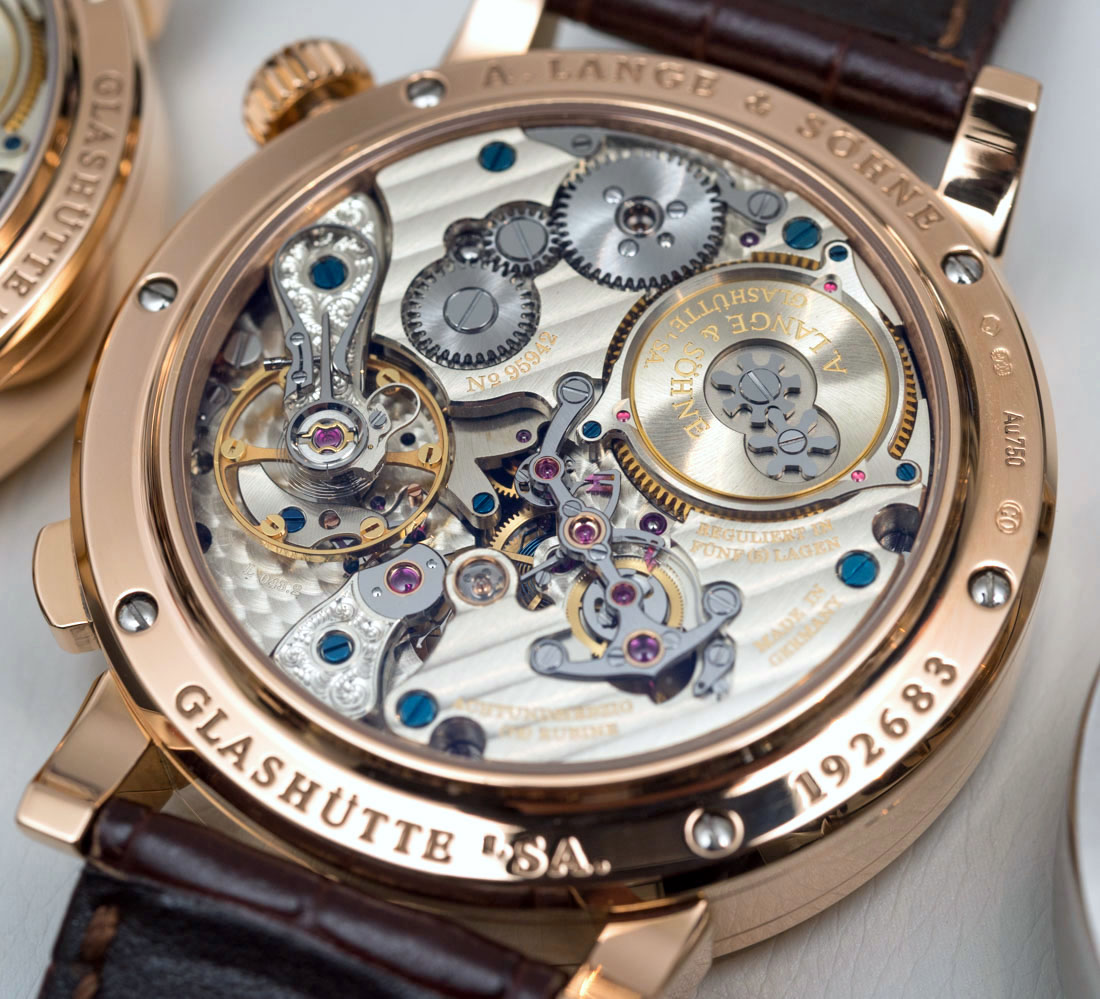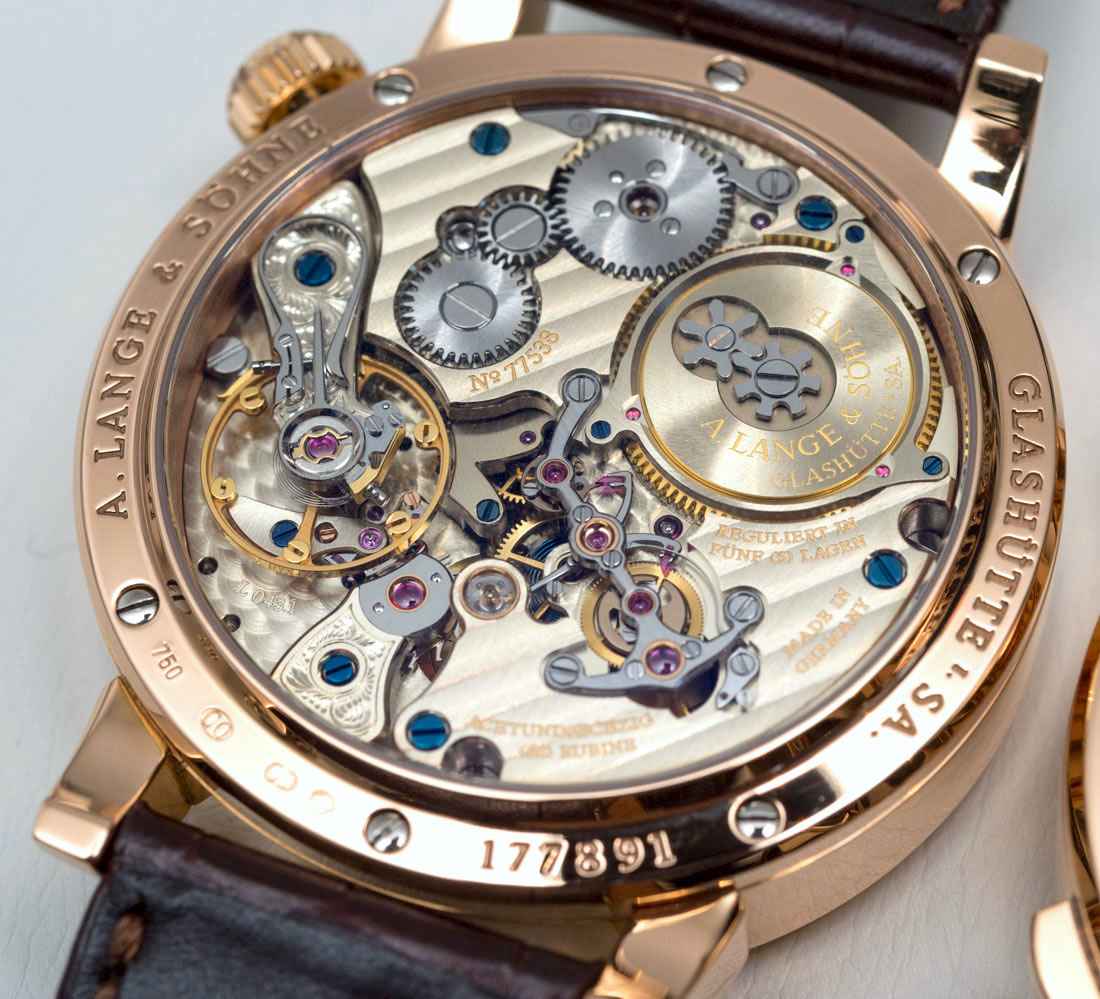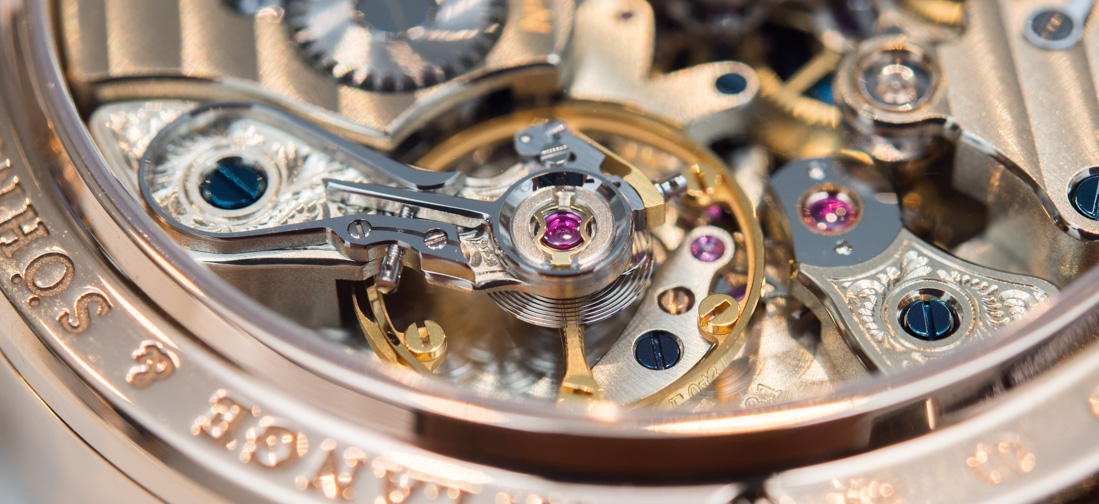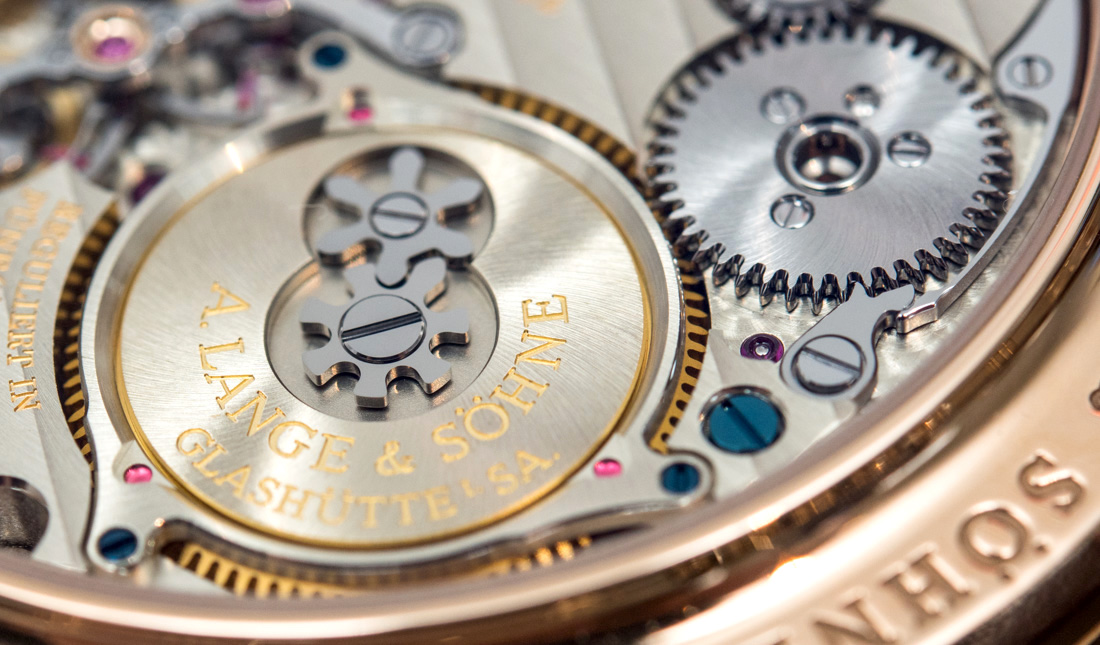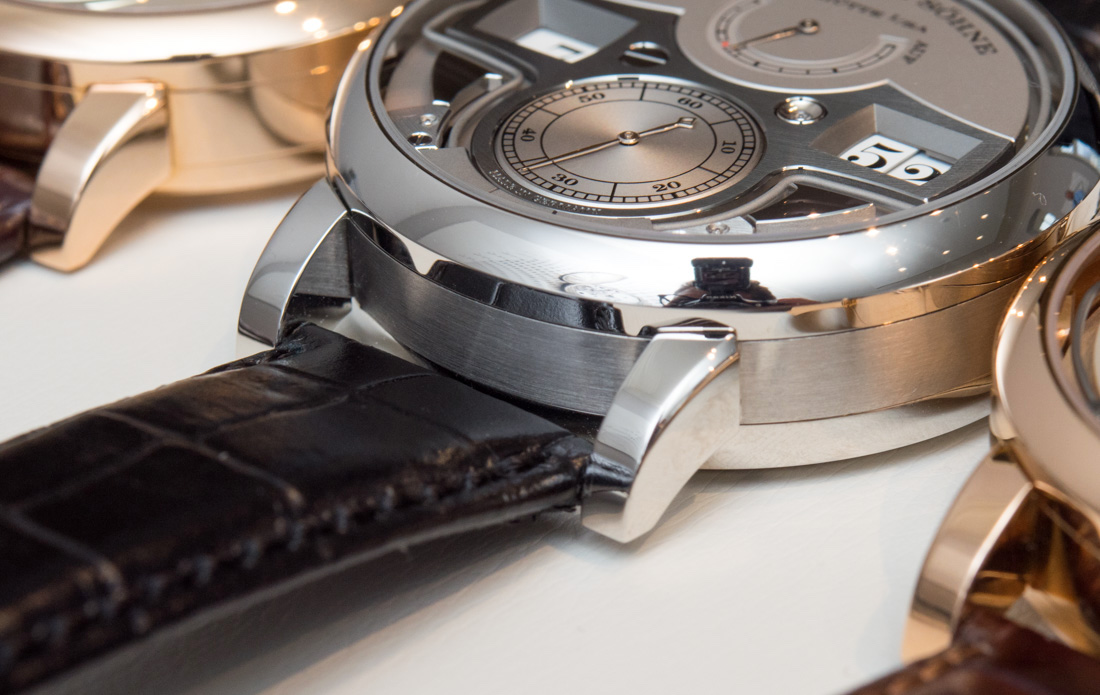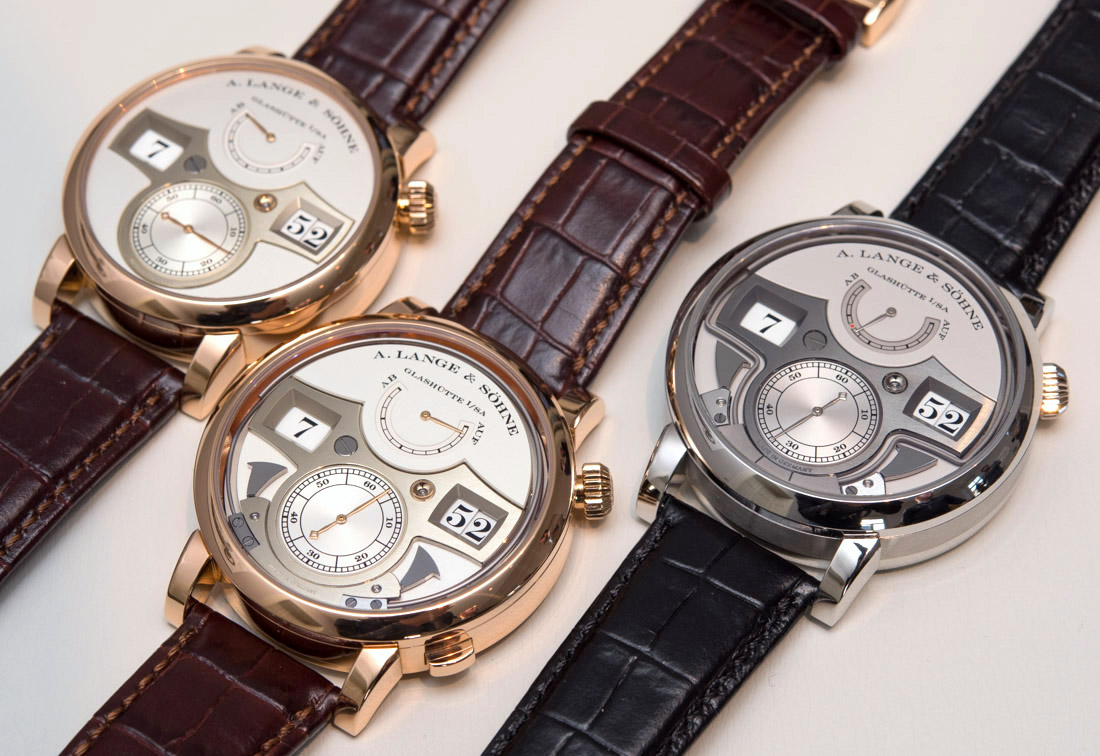
It’s rare enough to go hands-on with one of German watchmaking’s most interesting and iconic pieces, but three at the same time? It’s a tough job, but somebody’s gotta do it. We recently pinned down a trio of A. Lange & Söhne Zeitwerk watches – each with their own distinct complication, designed to appeal to very specific types of collectors: the standard version in rose gold, the Striking Time in rose gold, and the Minute Repeater in platinum.
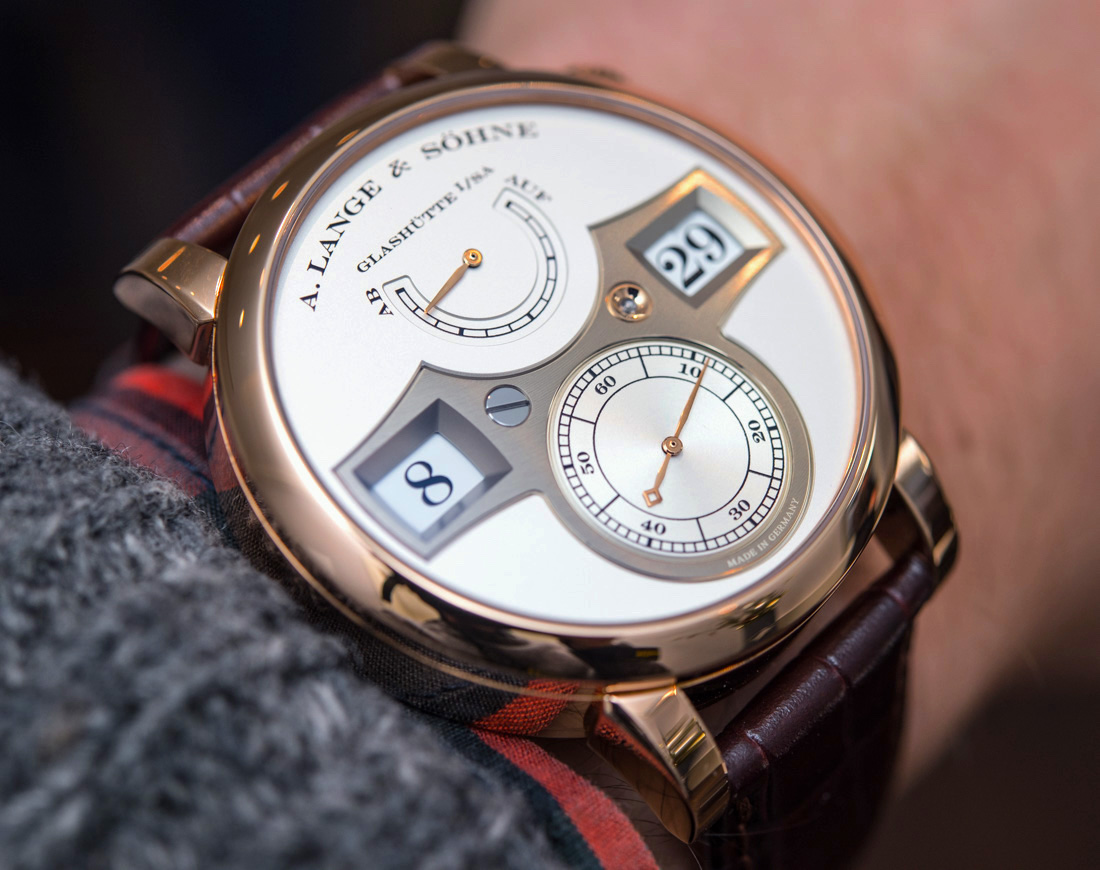
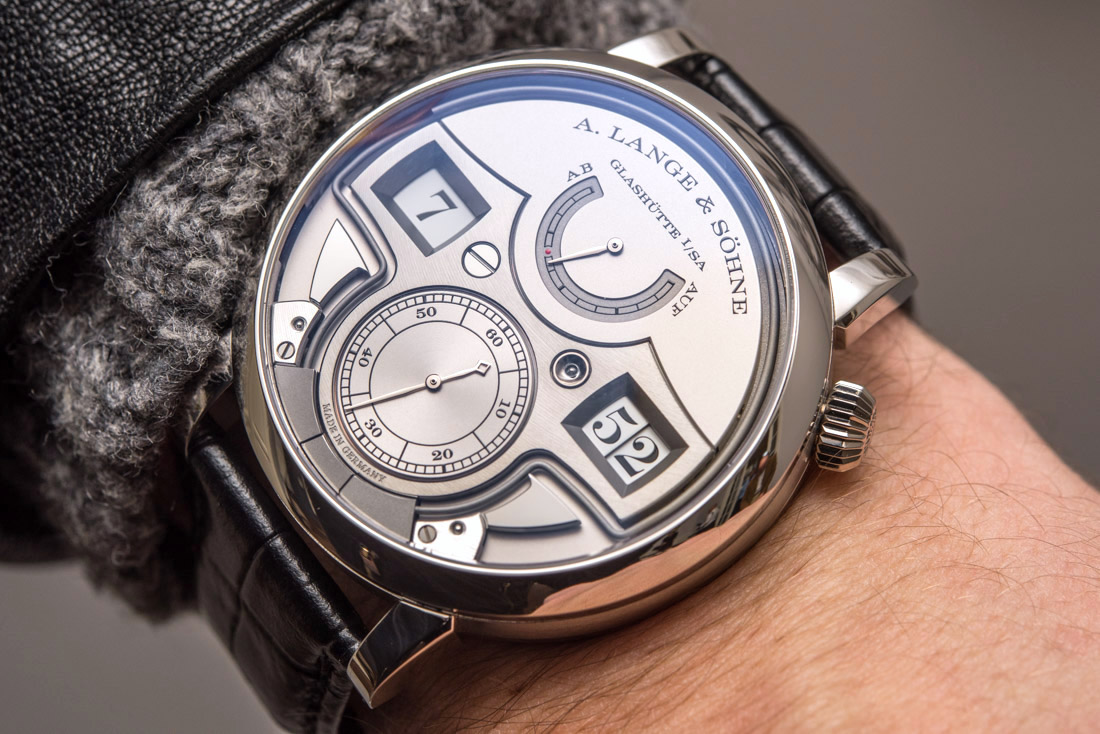
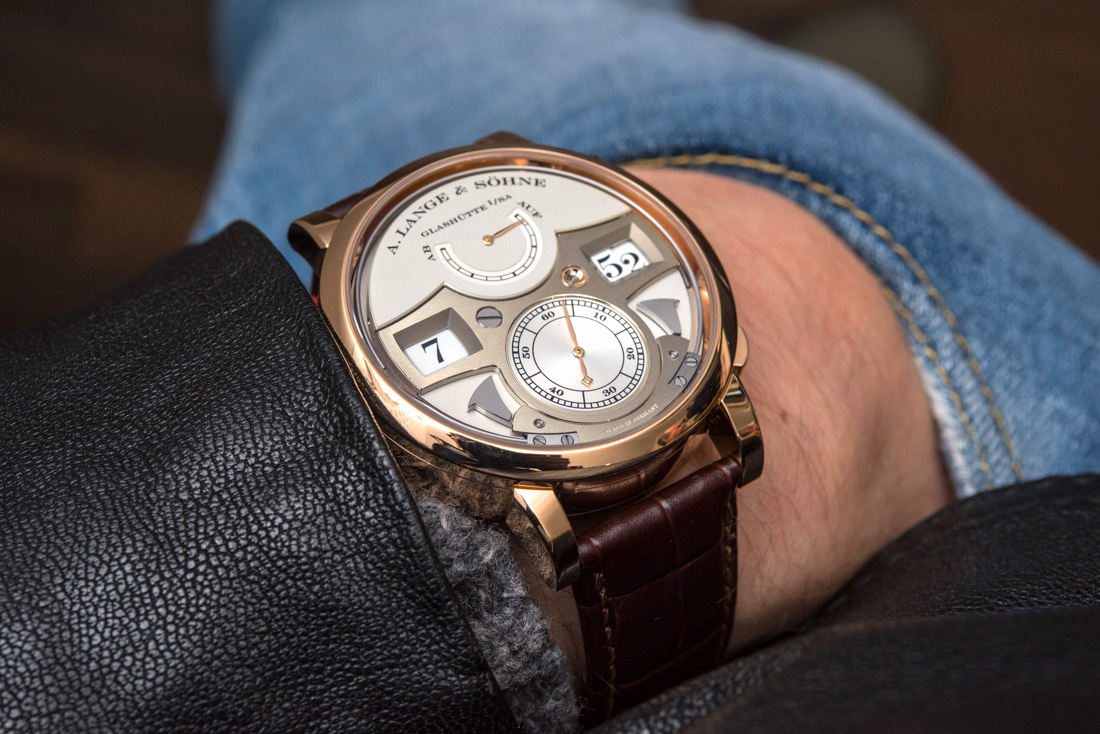
At first glance, the three examples all carry a very similar visual aesthetic, anchored in A. Lange & Söhne’s extremely cool mechanical jumping “digital” display – now a signature for the prestigious Glashütte-based watchmaker. However, the contrasts between each in feature set and price point couldn’t be more different, which is why it’s helpful to have them all in the same room at once. Before we dive too deep into the minutiae that define each Zeitwerk, it’s worth taking a moment to break down what makes their complications different.
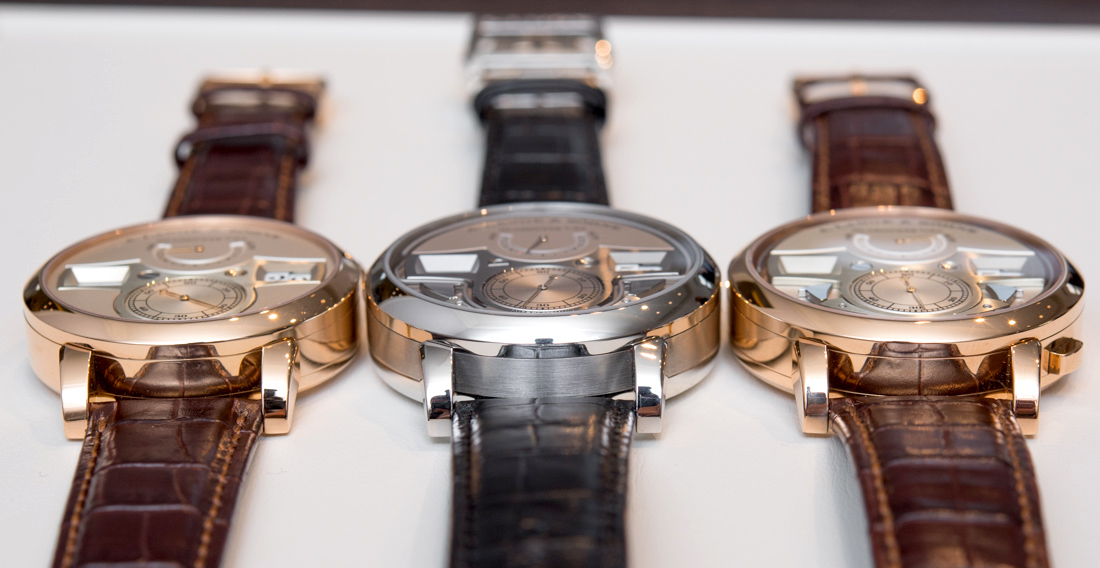
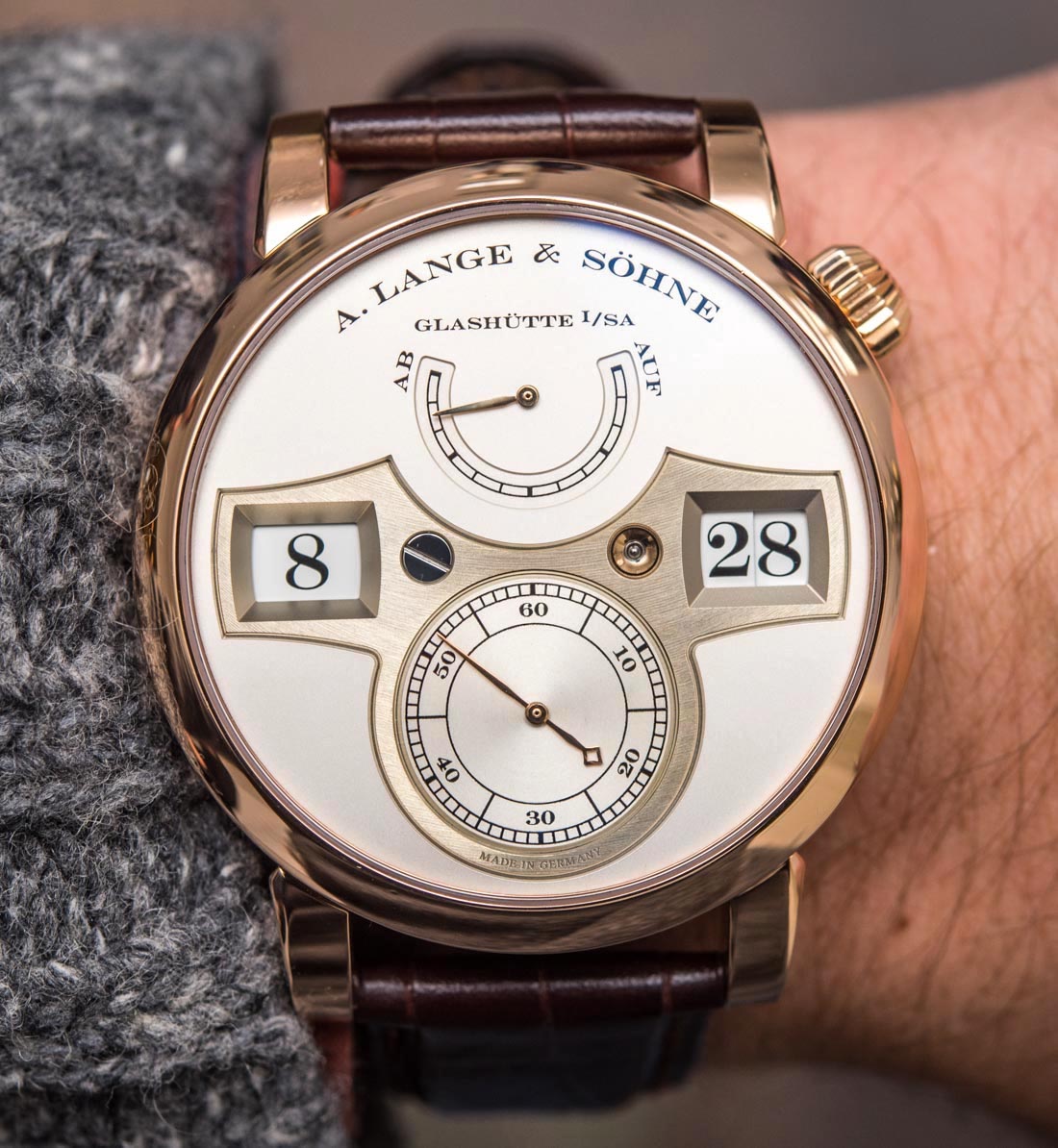
For starters, the “standard” variant (somewhat of a misnomer, as even the base-level Zeitwerk is an extremely complex watch) is built around a 41.9mm case and powered by Lange’s calibre L043.1, which displays the time through a series of rotating discs at 3 and 9:00 that “jump” from minute to minute, and hour to hour. Coming in at 44.2mm, the Striking Time is a few hairs larger than the standard A. Lange & Söhne Zeitwerk, a size increase which accommodates the added complications necessary for the larger L043.2 caliber which chimes the full and quarter hours as they arrive in two distinctly different tones only when the chime is engaged.
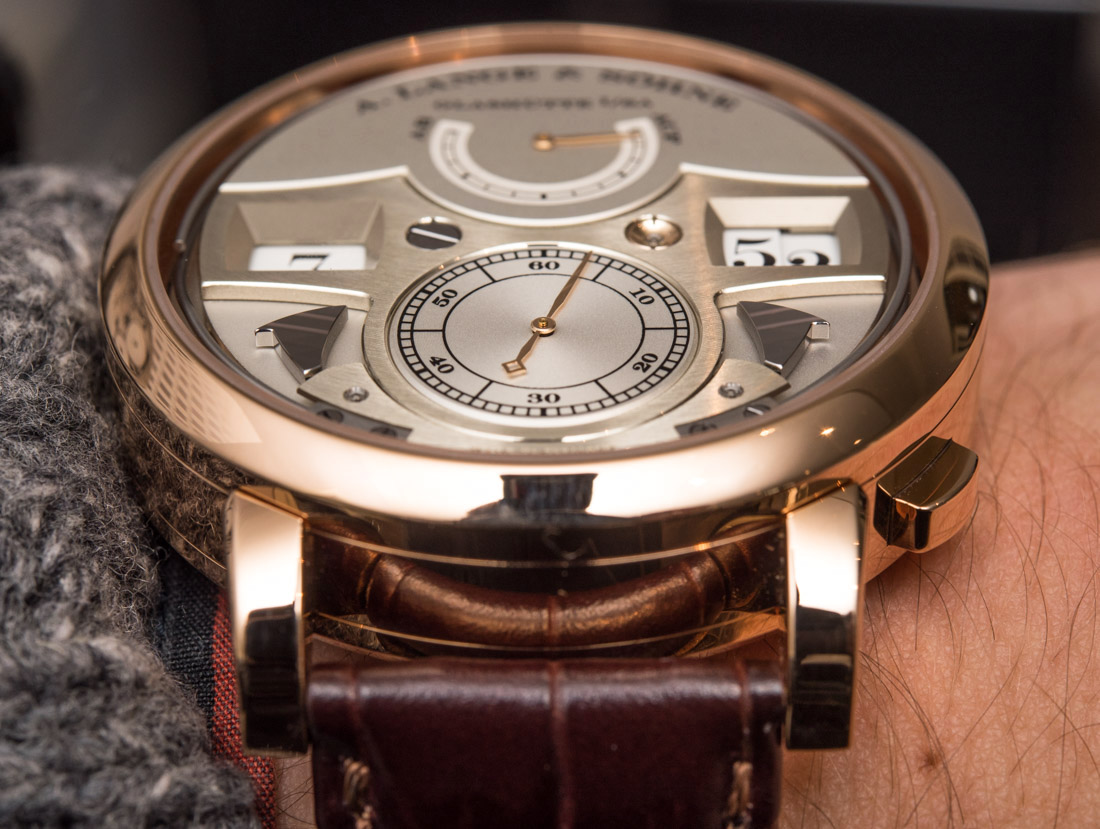
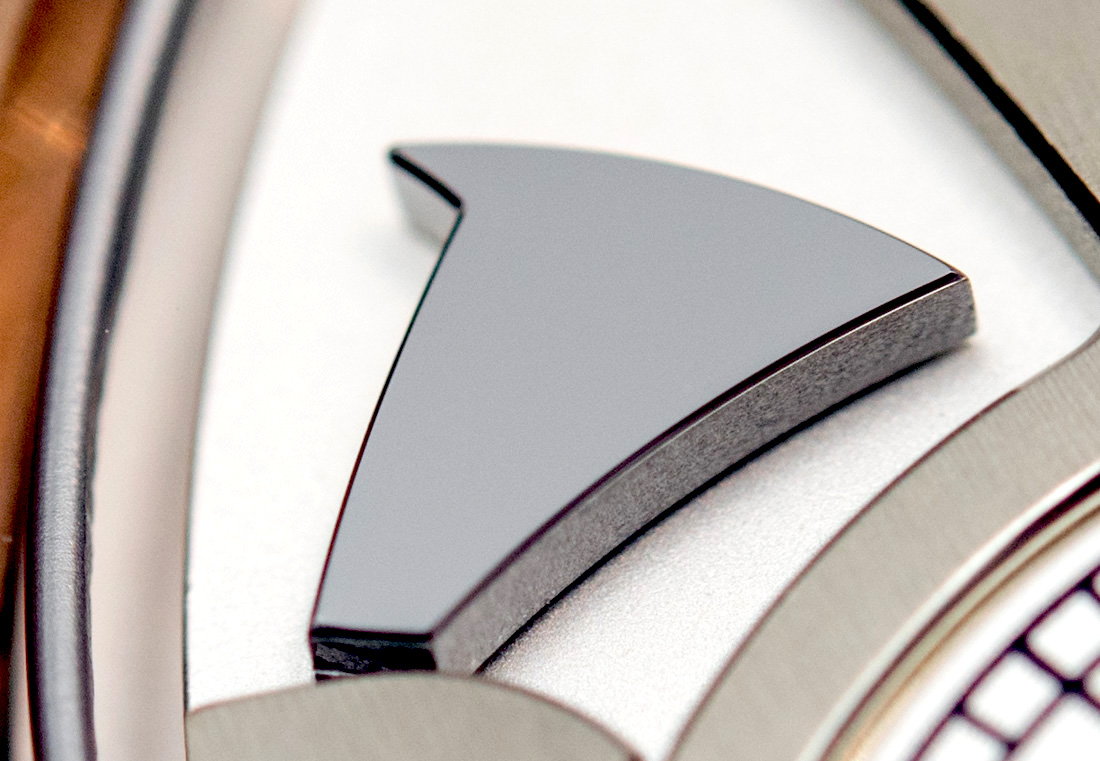
You can see each of the hammer-like gongs positioned at 4 and 7:00, where they strike a carefully tensioned wire driven into the caseband. The third in our trio is the most complex, and arguably the apex of traditional watchmaking expertise – which is likely why Lange opted to release it exclusively in platinum.
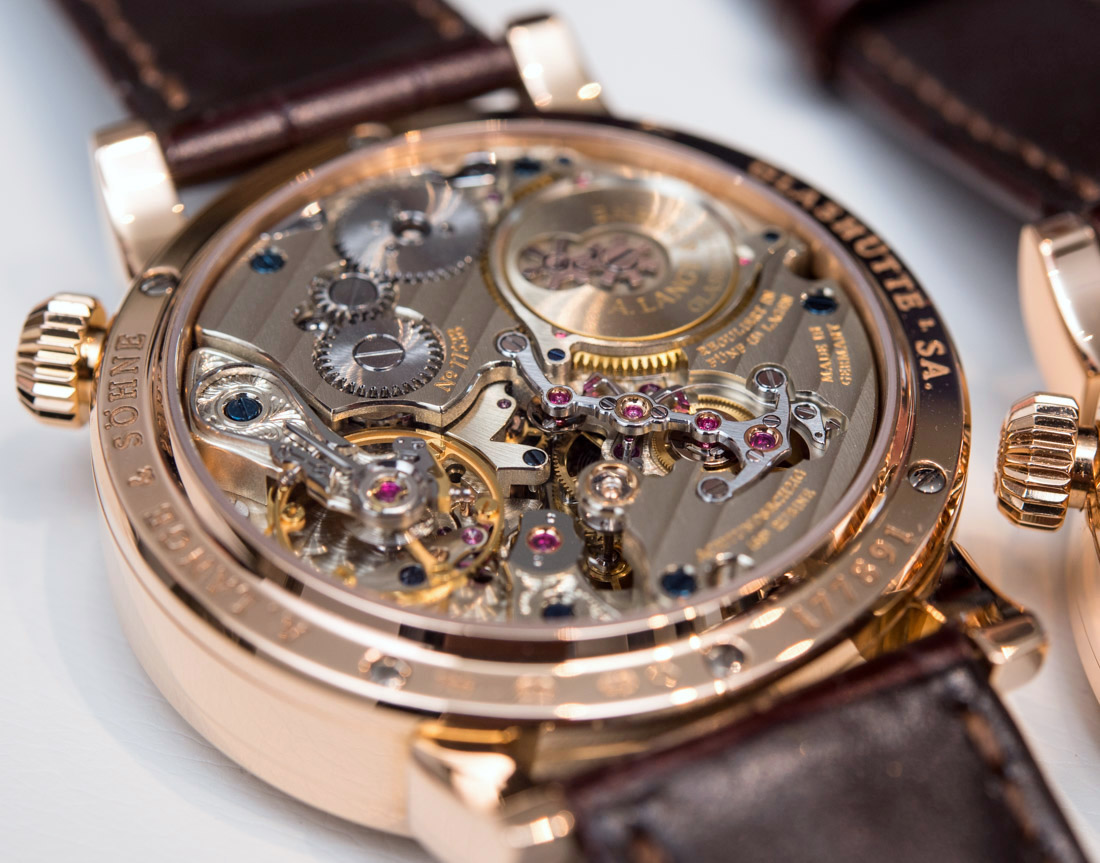
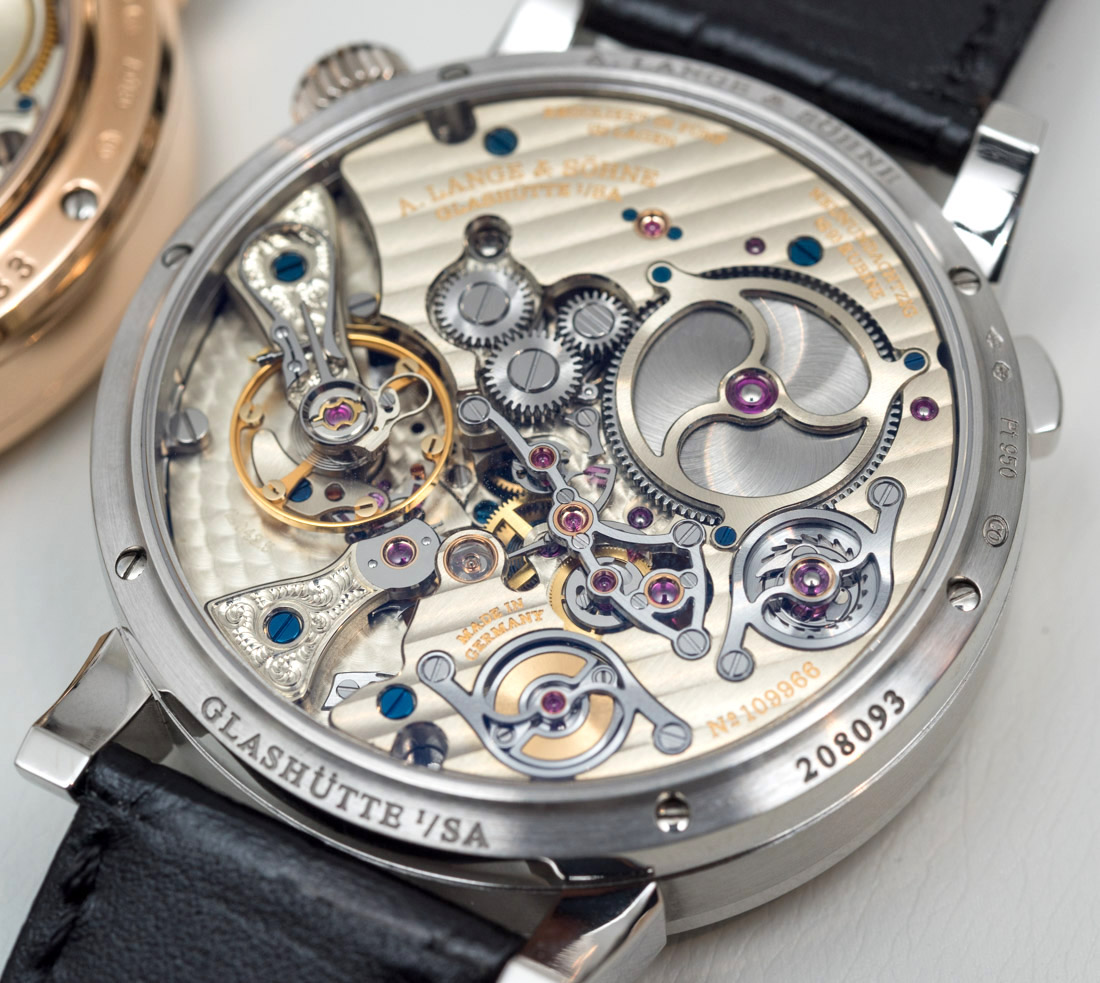
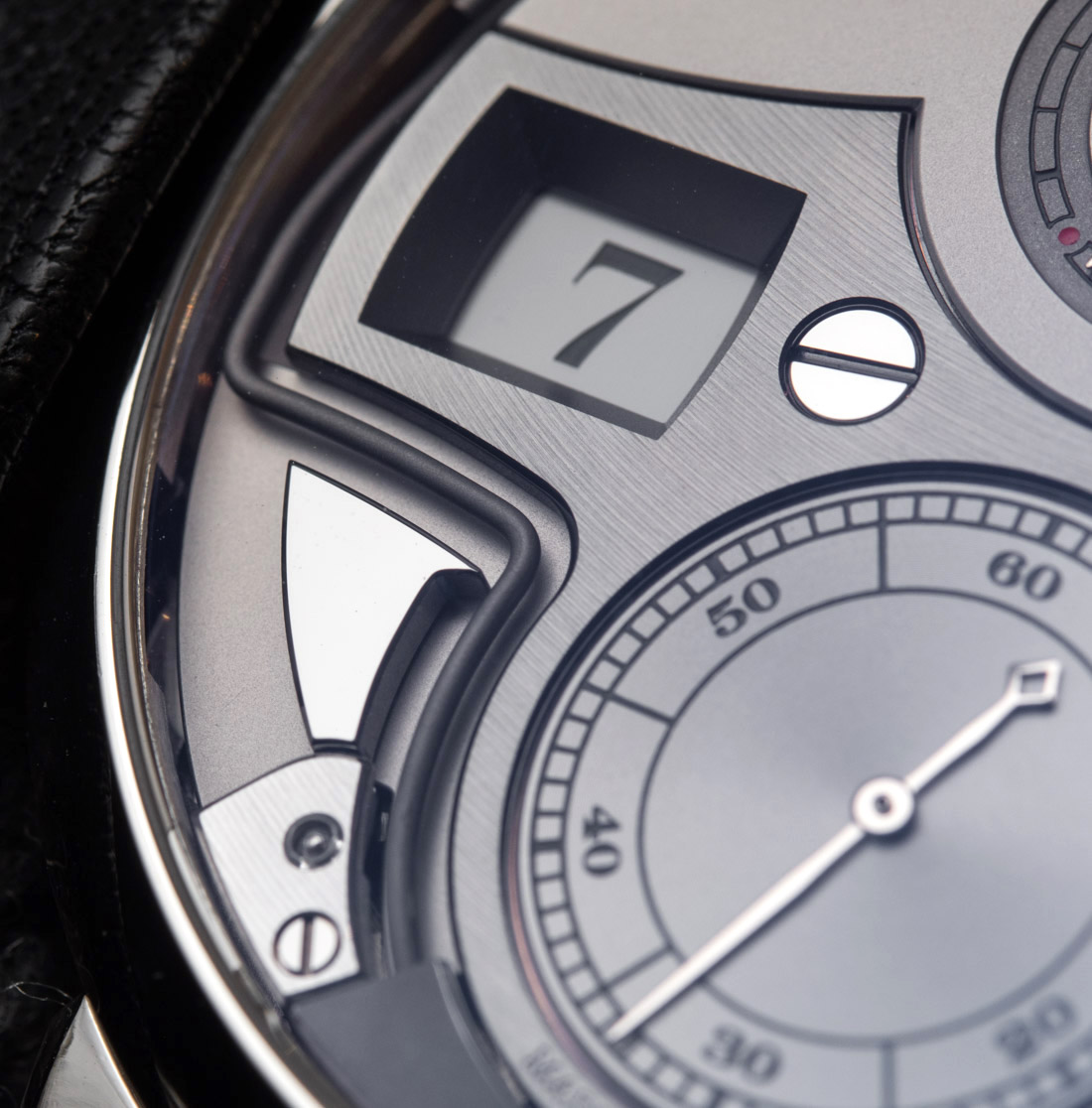
The A. Lange & Söhne Zeitwerk Minute Repeater accommodates the caliber L043.5 by sharing the same larger 44.2mm case as the Striking Time, but with an added degree of symphonic complexity when its chimes are activated – on demand, unlike the Striking Time – simply by depressing the pusher at 10:00. But rather than chime the hours and quarter-hours as they pass like the Striking Time, the A. Lange & Söhne Zeitwerk Minute Repeater chimes the current time, right down to the very minute, using a combination of unique notes: a low tone for each elapsed hour, a high/low tone combo for 10-minute intervals, and a crisp, high tone for each elapsed minute.
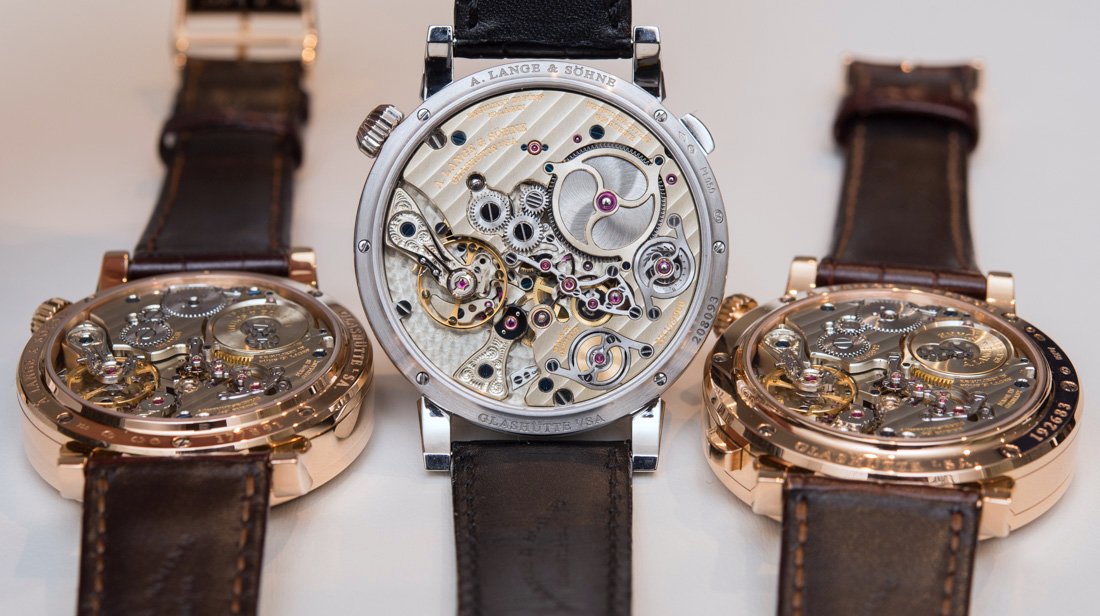
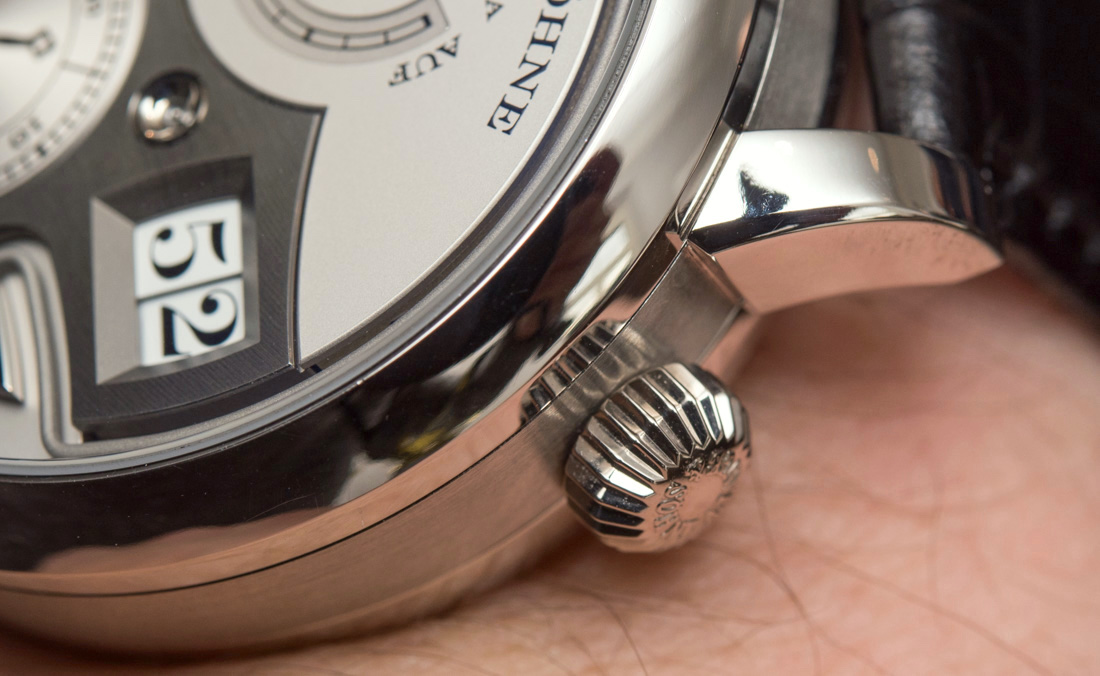
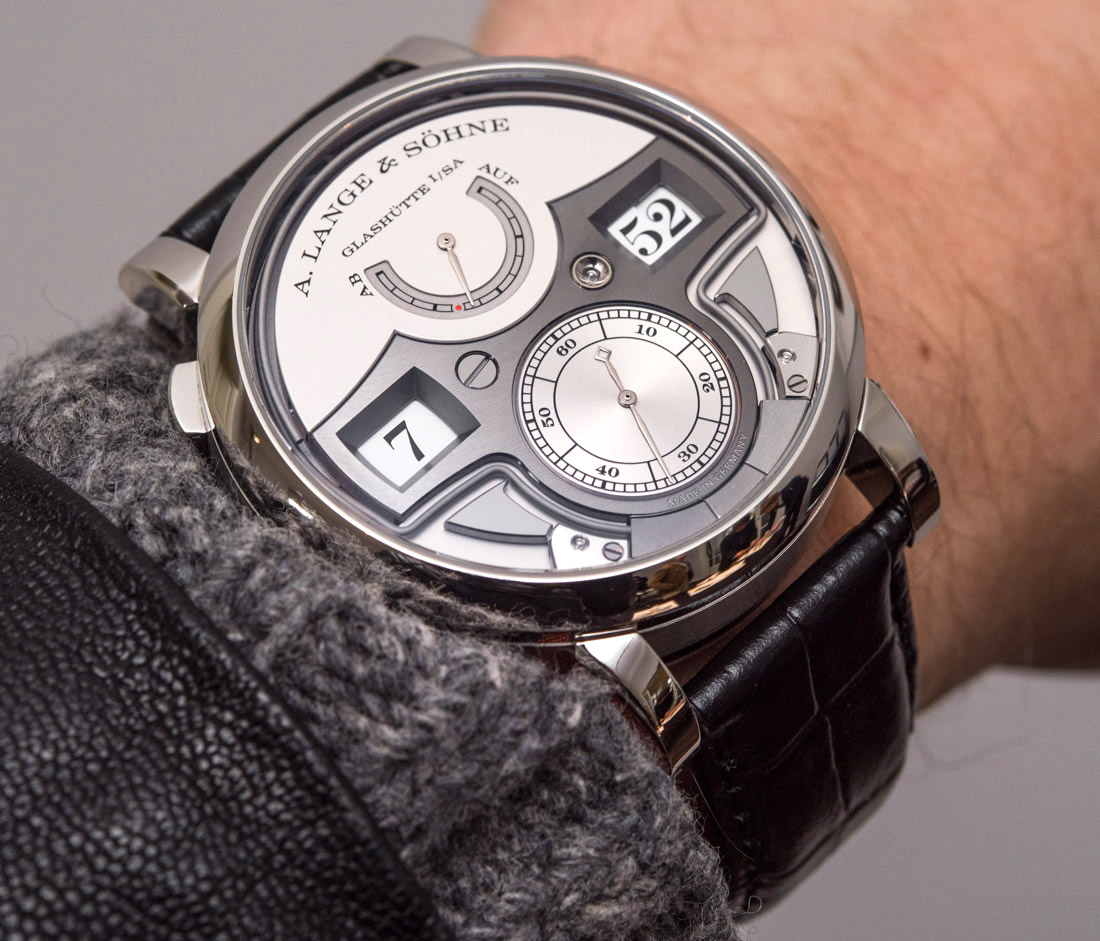
The entire sequence takes much longer than the A. Lange & Söhne Zeitwerk Striking Time, but it’s a delight for the ears, and one that must simply be heard to be fully appreciated. The Zeitwerk Minute Repeater also carries the distinction of being the world’s first watch with both a mechanical jumping numeral display and a “decimal” minute repeater, making it something of a rare bird in already very rare company.
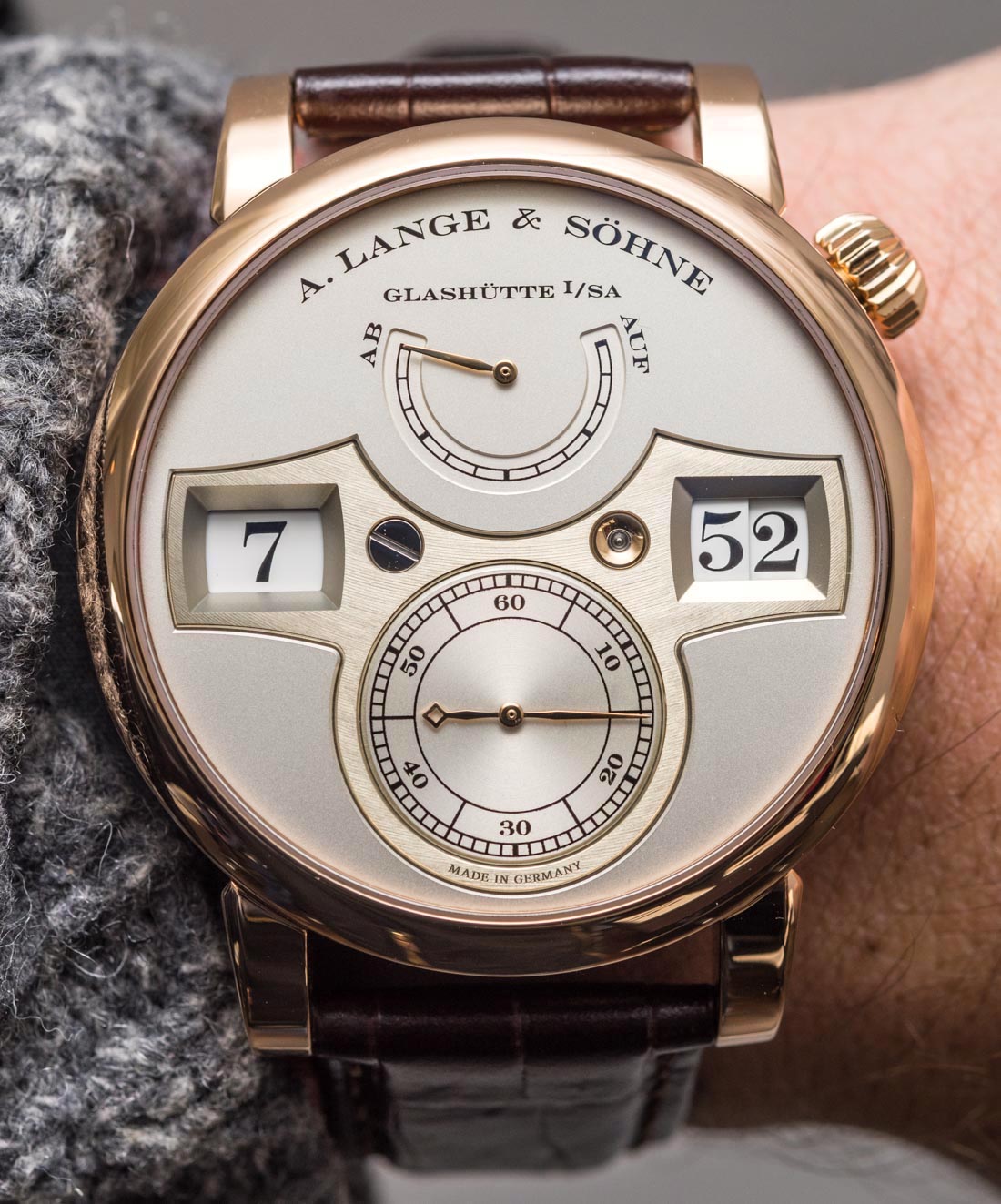
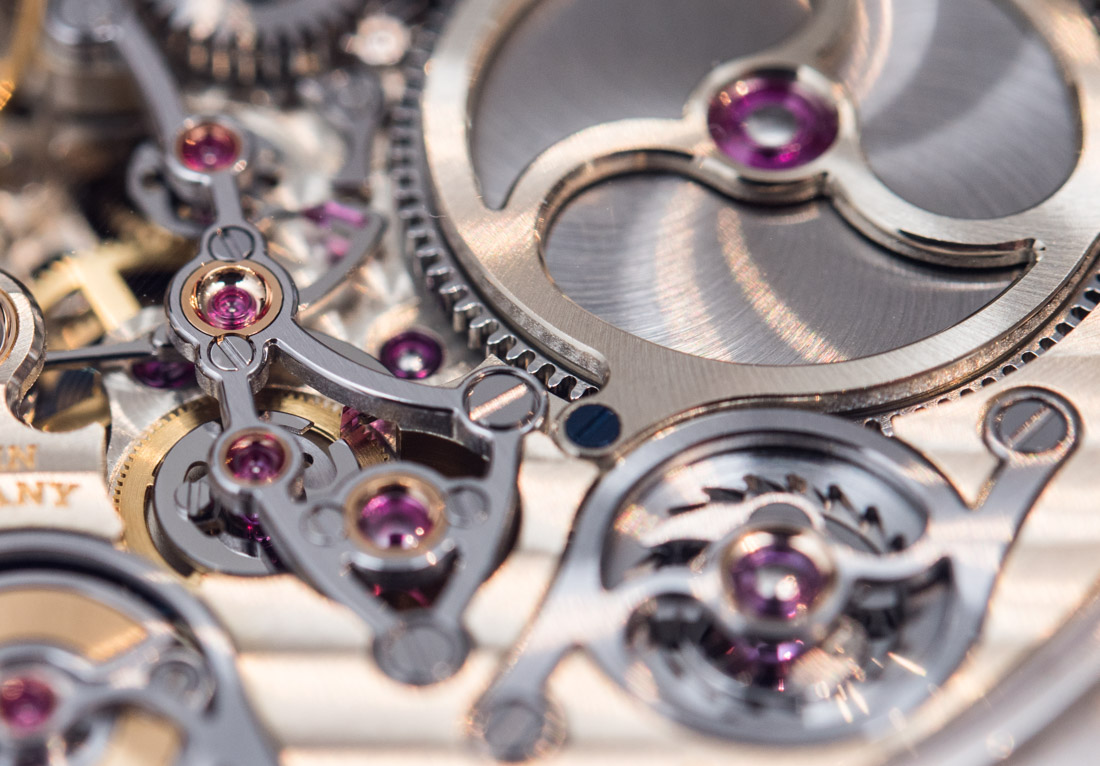
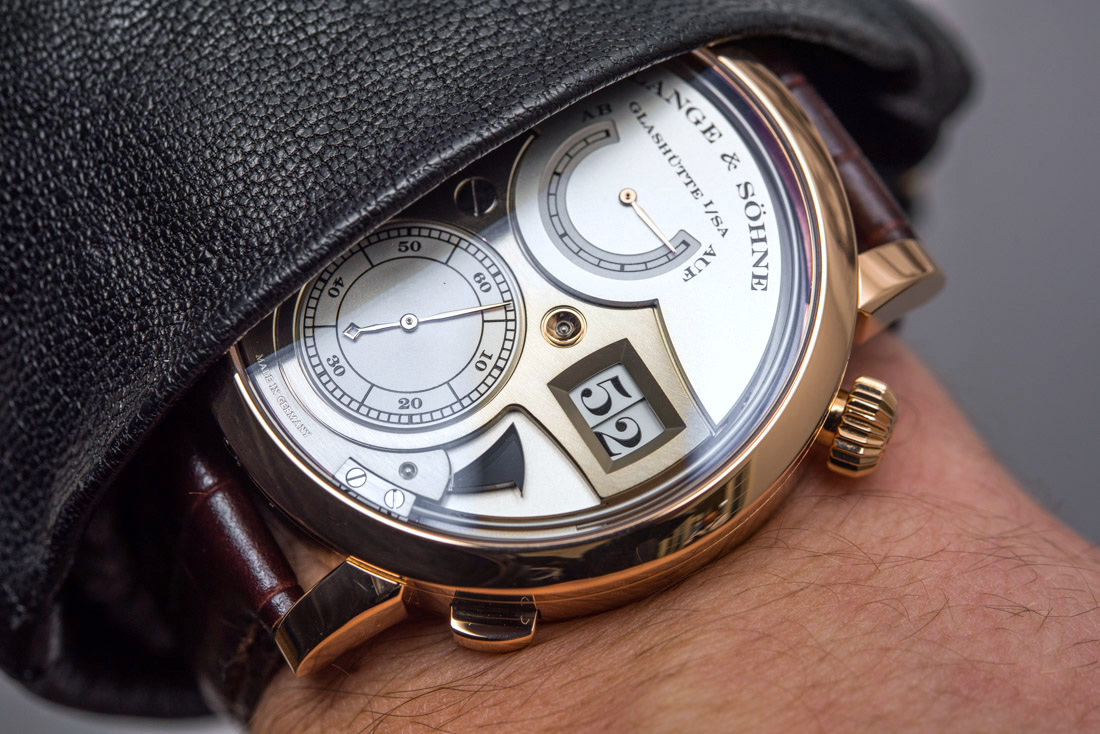
From a practical standpoint, each A. Lange & Söhne Zeitwerk brings its own unique functionality to the table, but on the wrist, those differences become much more subtle – especially given the dial similarity of each. The 44.2mm A. Lange & Söhne Zeitwerk Minute Repeater with its 14.1mm height and platinum case (known to be a much more dense metal than gold) naturally carries the heaviest wrist presence, but not by much – as it compares to the other two, which differ by no more than 1.5mm in height and case size. Contemporary proportions, for sure, but the visual “lightness” of the dials enable each A. Lange & Söhne Zeitwerk to wear subtly smaller than its specs belie.
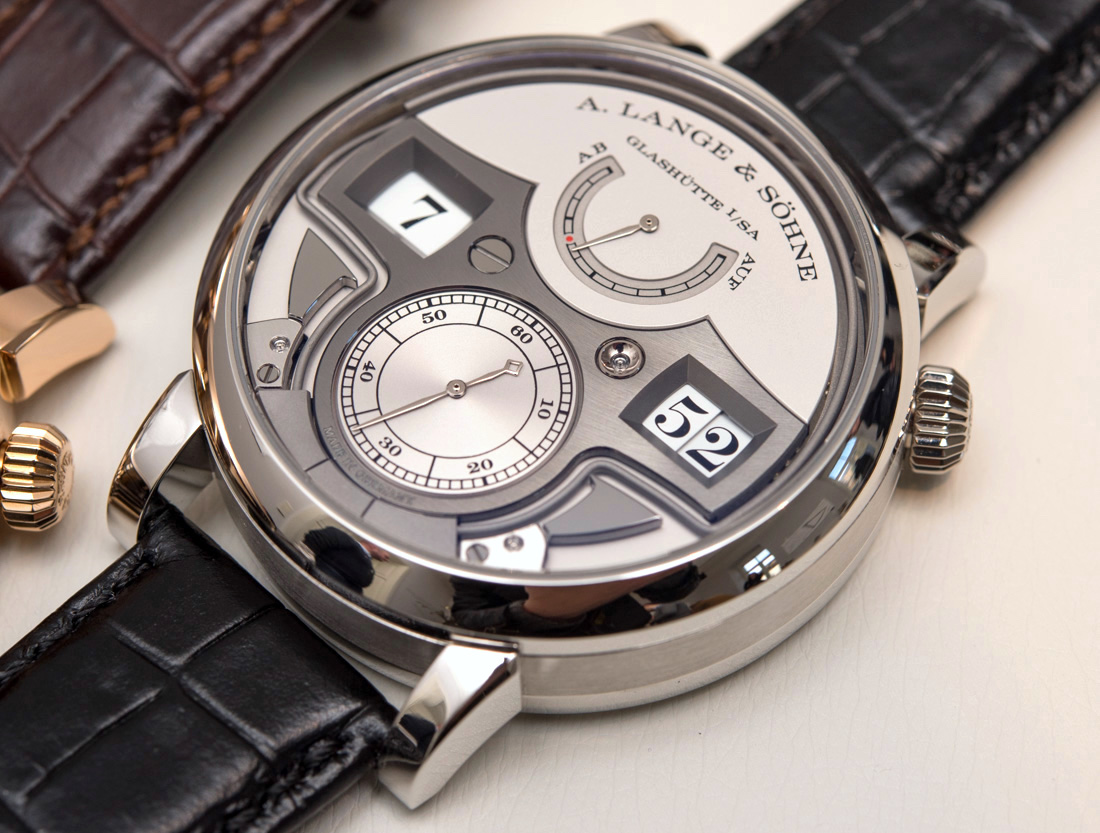
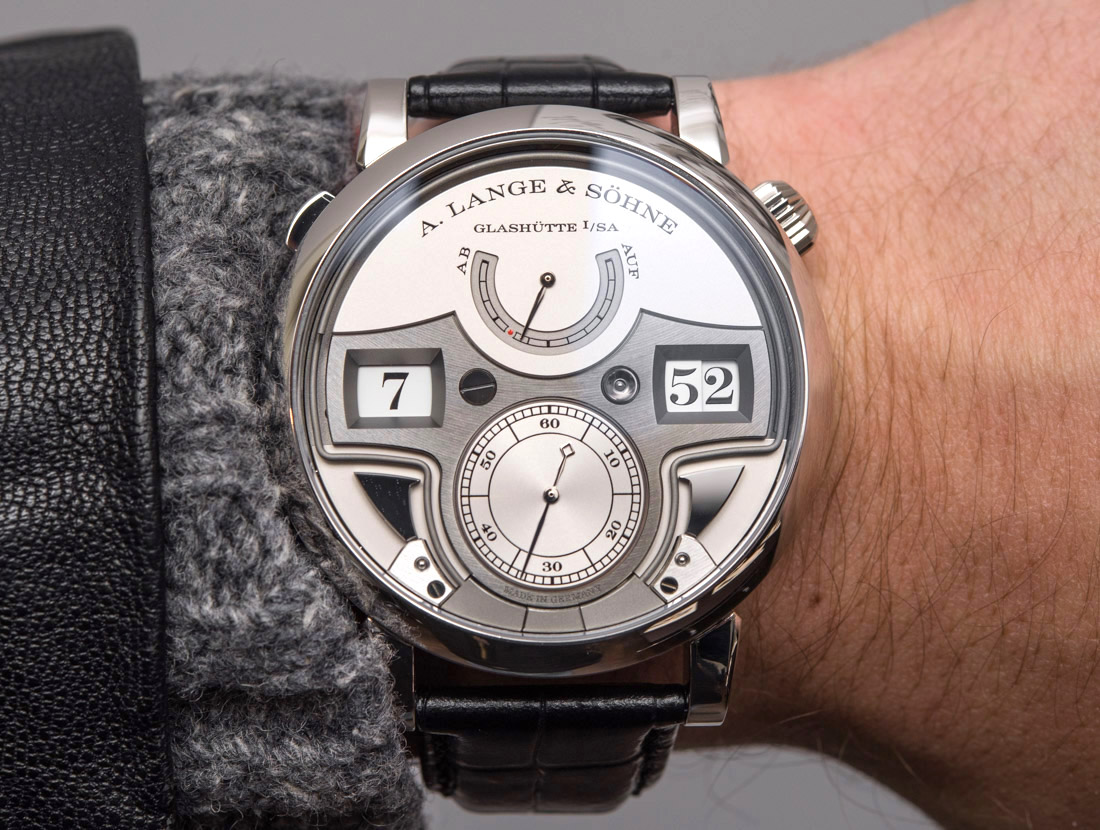
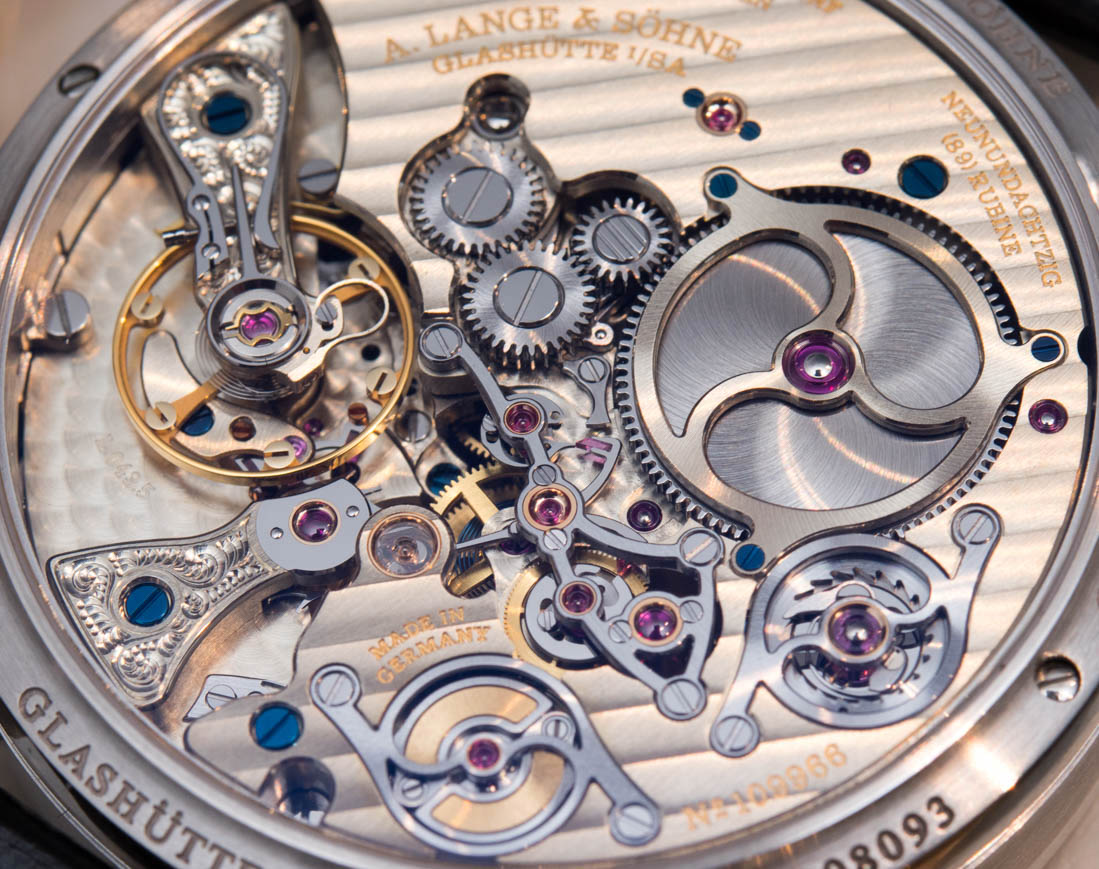
But back to the Minute Repeater’s L043.5 caliber, which houses a gobsmacking 771 parts (93 of which are jewels) and a healthy degree of added complexity, compared to just over four and five hundred parts for the standard and Striking Time variants, respectively. One other note on the relative practicality of the A. Lange & Söhne Zeitwerk range is how the power reserve for each is a somewhat sub-standard 36 hours with a full wind. That said, bear in mind the amount of power it takes to “jump” the hour/minute discs and activate the chiming gongs (in some cases – simultaneously) results in considerable more drain than the demands of a traditional manually-wound mainspring – even at the 18,000bph.
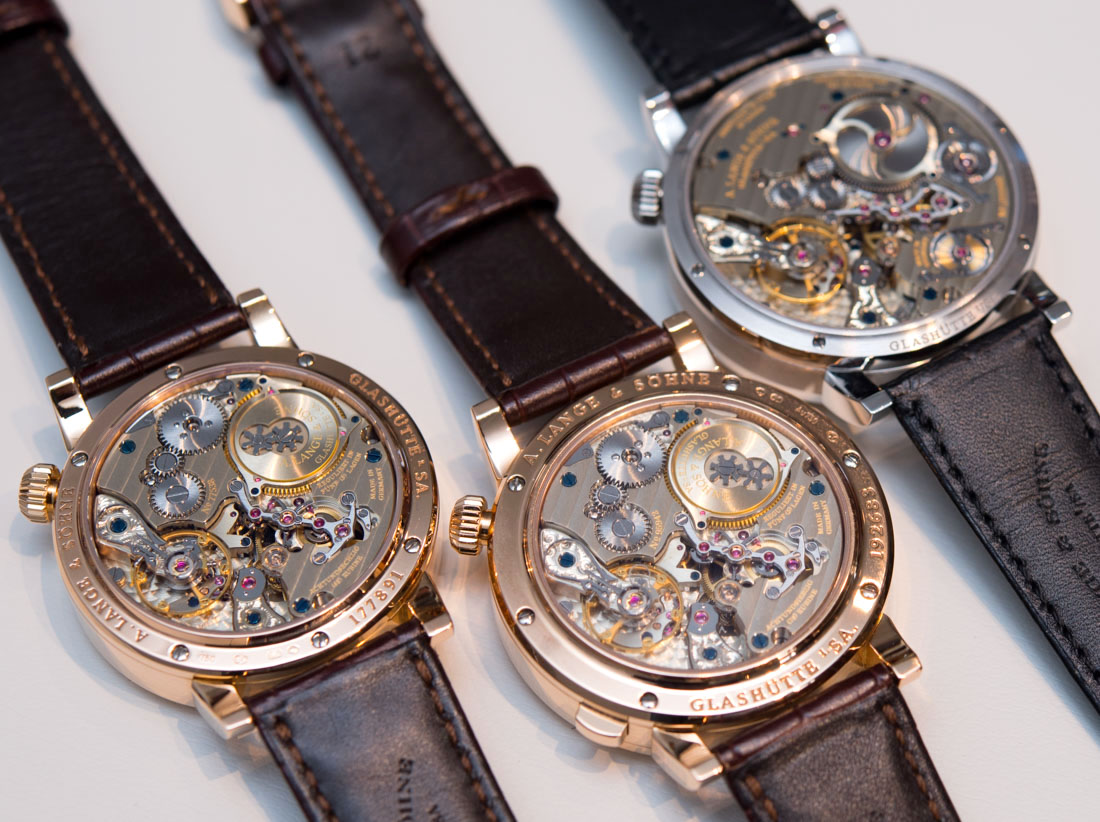
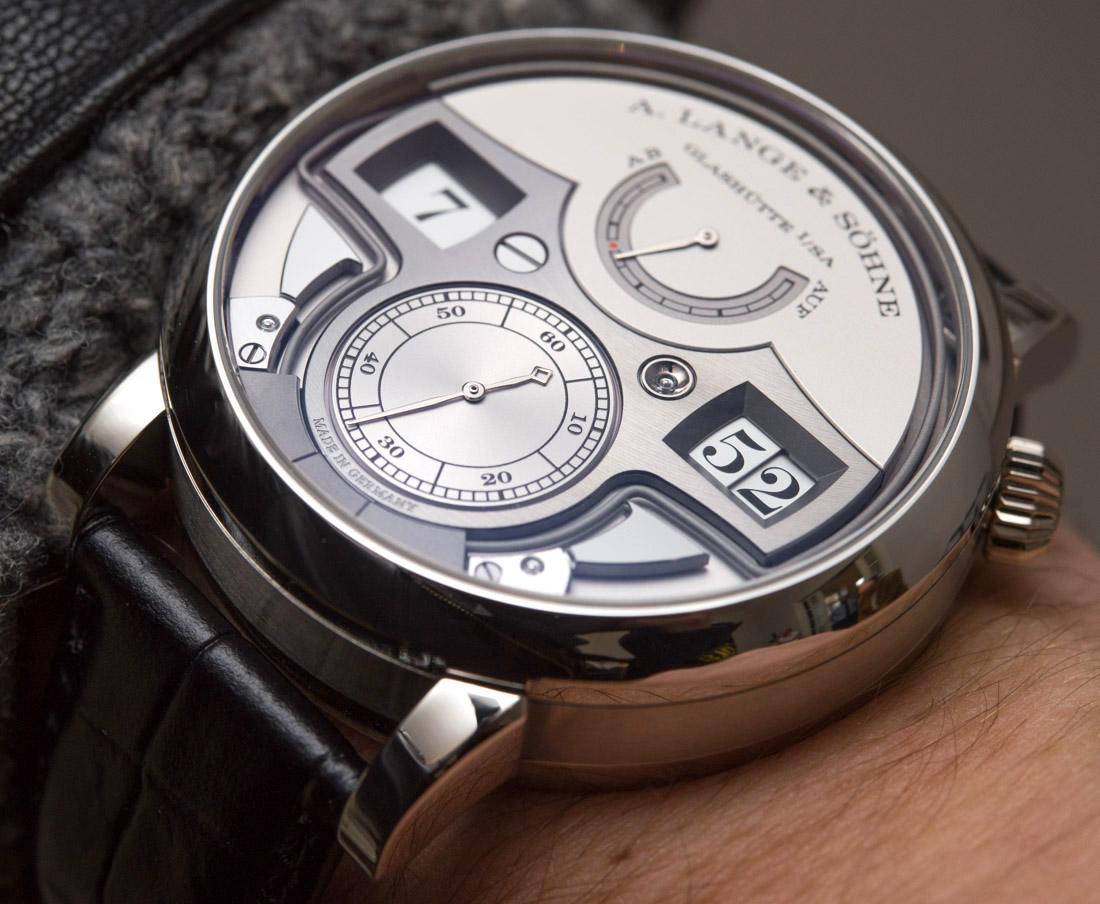
Keeping this in mind, it makes perfect sense that each dial prominently exhibits a power reserve indicator at 12:00. The power reserve indicator on the A. Lange & Söhne Zeitwerk Minute Repeater differs ever so slightly in that it carries a red dot indicating the minimum amount of remaining power required to activate the sonnerie.
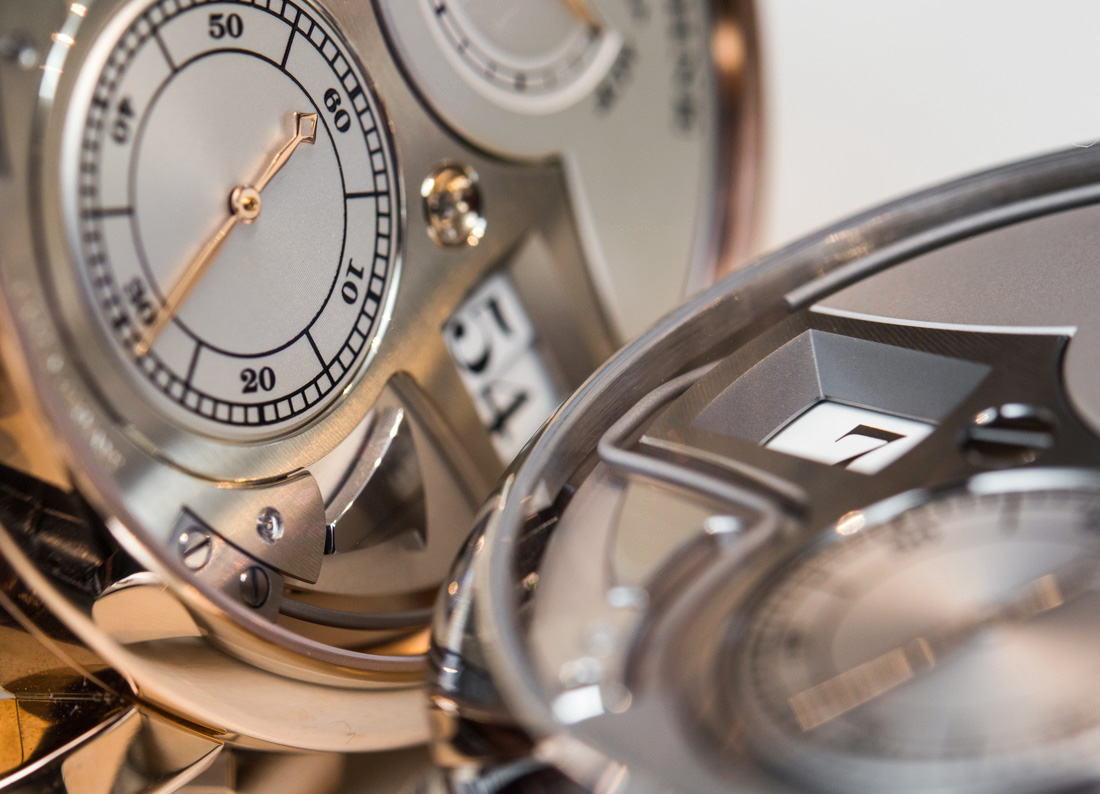
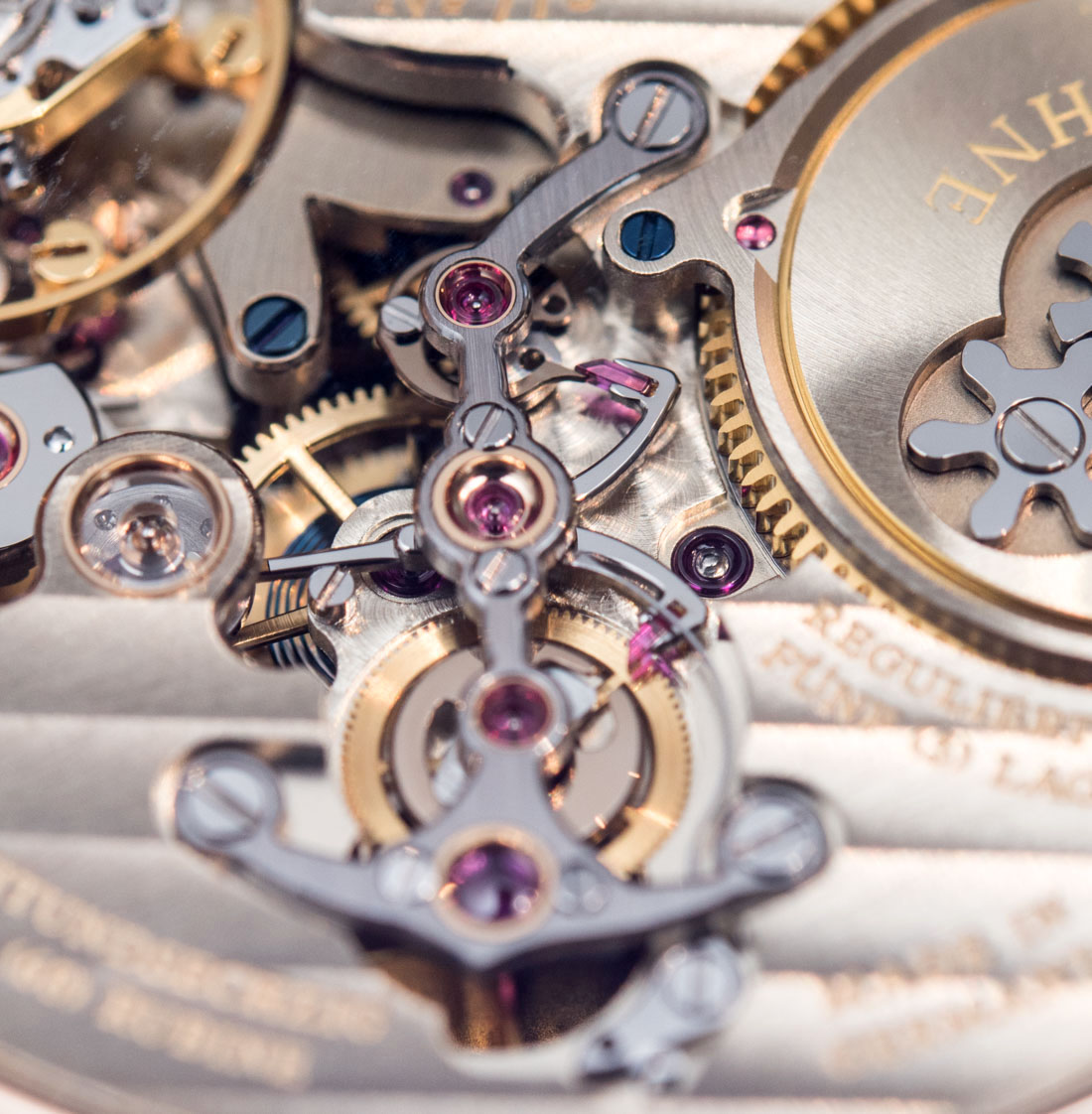
But besides the overall similarity in dial layout and case design, if there’s one common theme that unites these three watches (and A. Lange & Söhne as a whole) is the absolutely heroic level of finishing that goes into each dial and movement. All the usual exemplary signatures of an A. Lange & Söhne are here; the precision-beveled, polished, and striped movement bridges and the hand-engraved balance cock.
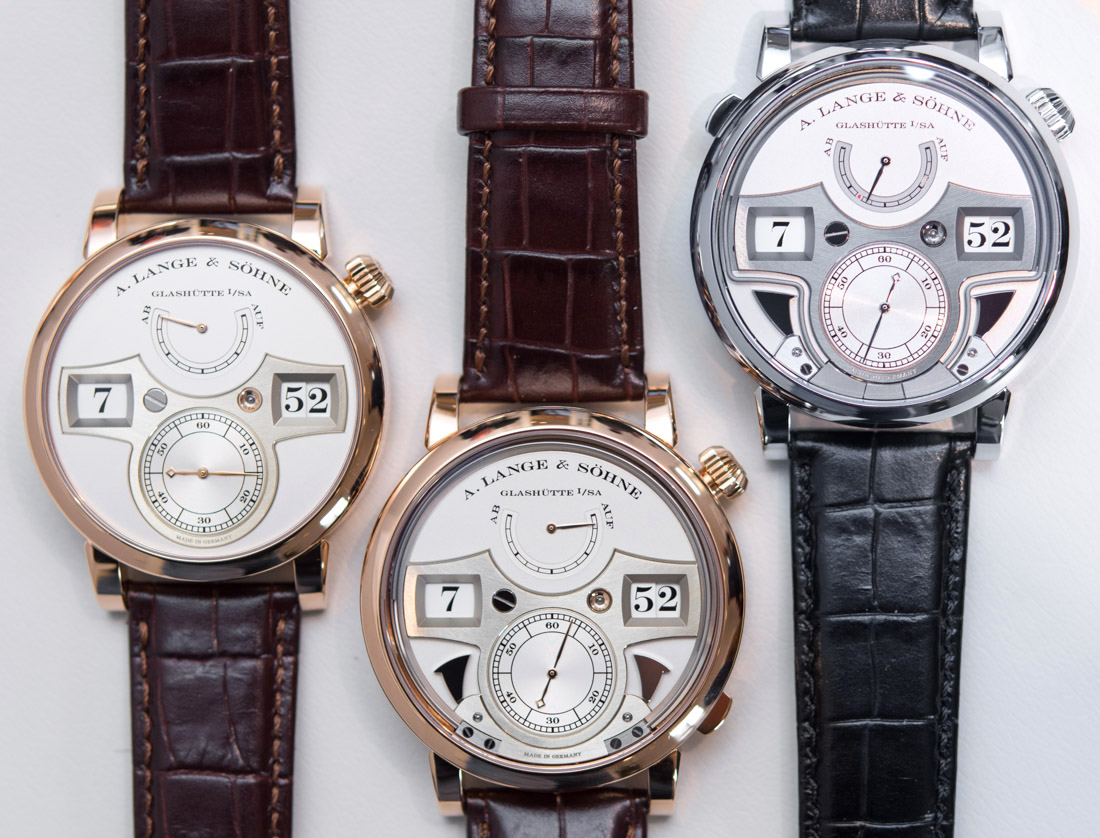
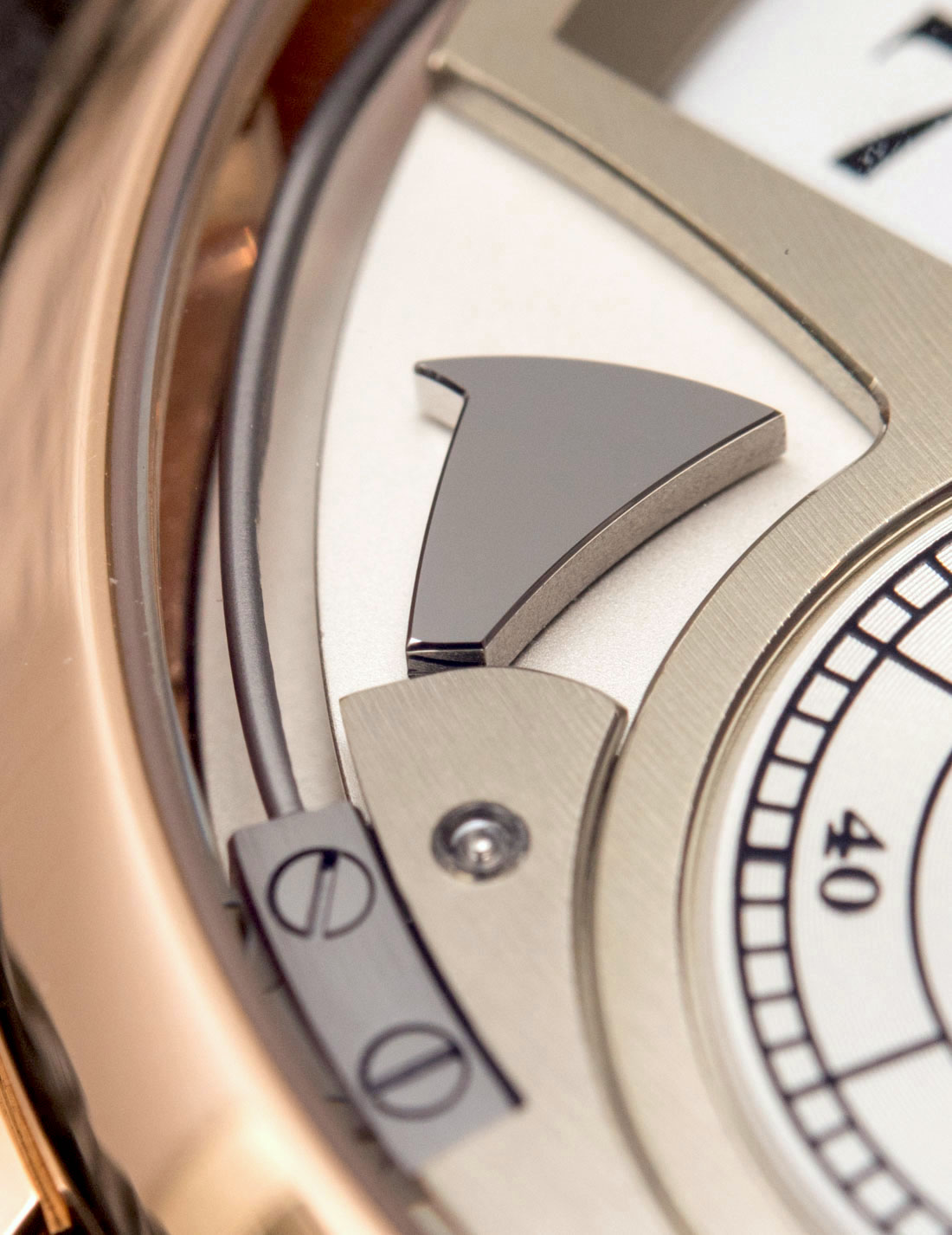
But the dials – particularly those of the sonnerie variants – are extra unique. Here, the gongs are not just visible, but carry some equally impressive finishing; mirror-polished fronts, beveled edges, and grained sides. The end result is both subtle and spectacular as it contrasts the brushed gold that frames the hour and minute apertures.
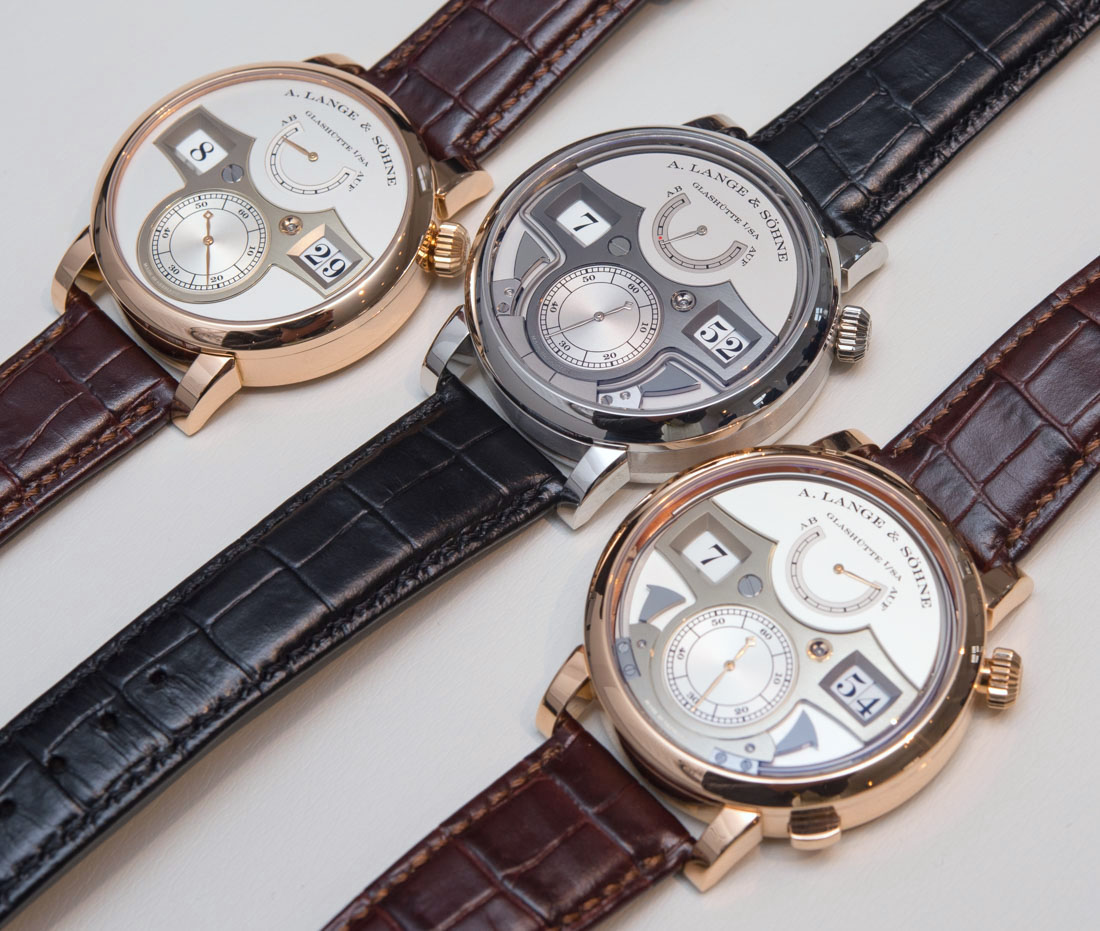
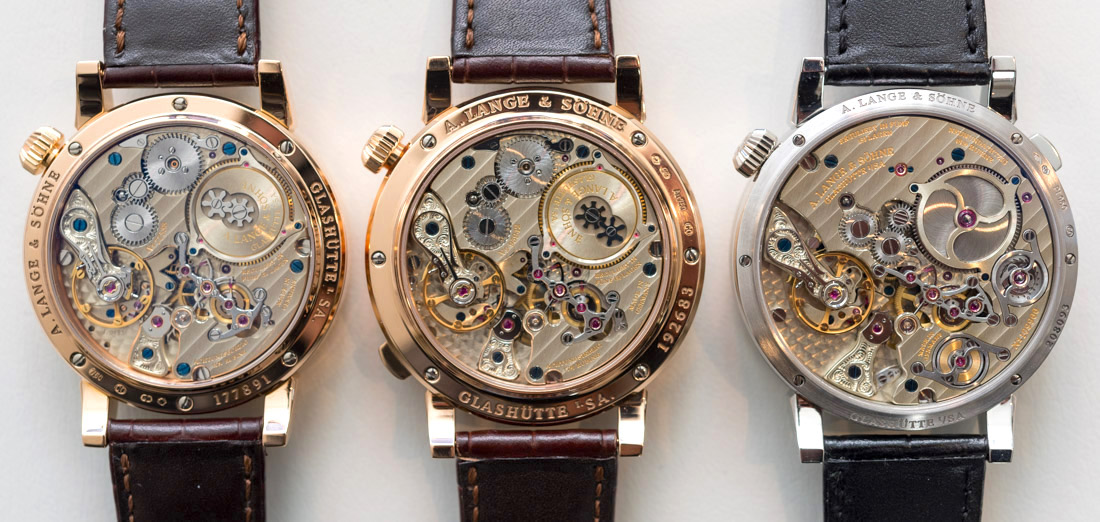

Historically speaking, sonnerie watches like these Zeitwerk examples (with the exception of the standard, of course) have deep roots not only in fine watchmaking, but utility as well. Long before the complication was reserved for the annuls of haute horology (and long before the widespread advent of electricity), it was the only means available that could deliver the time in complete darkness.
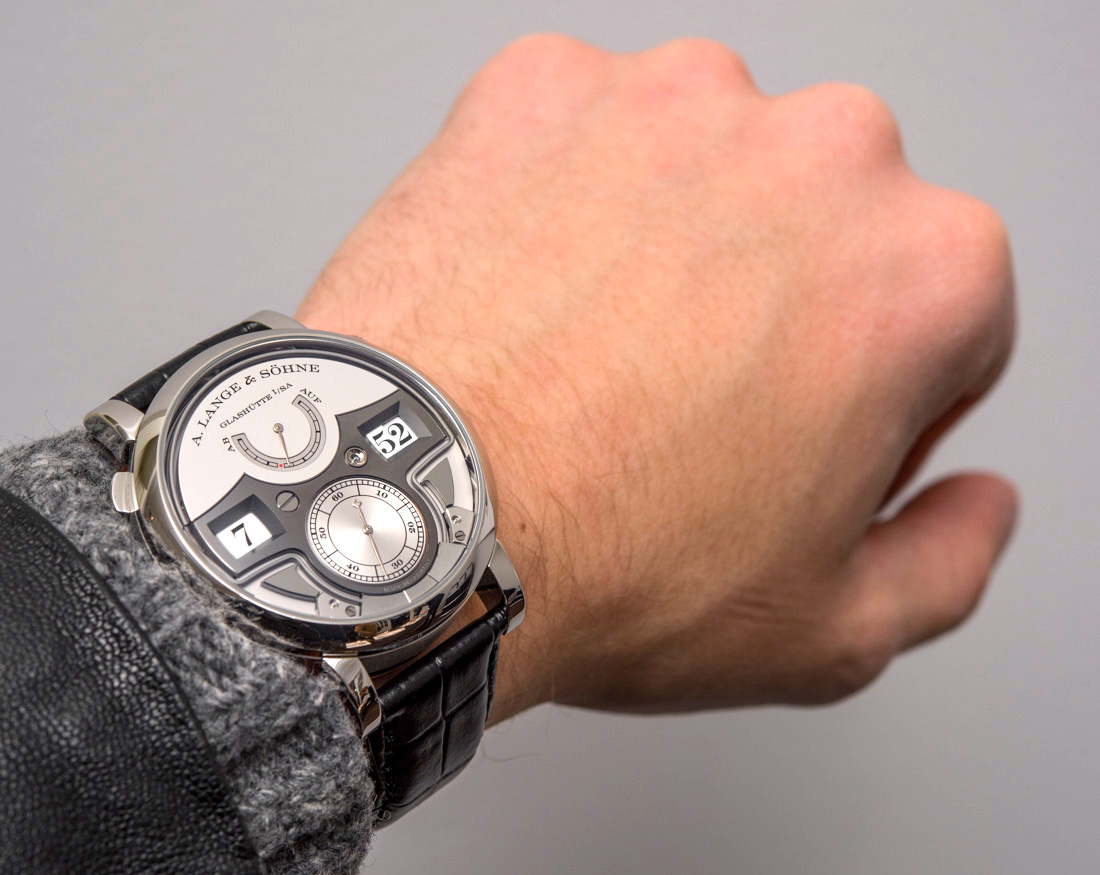
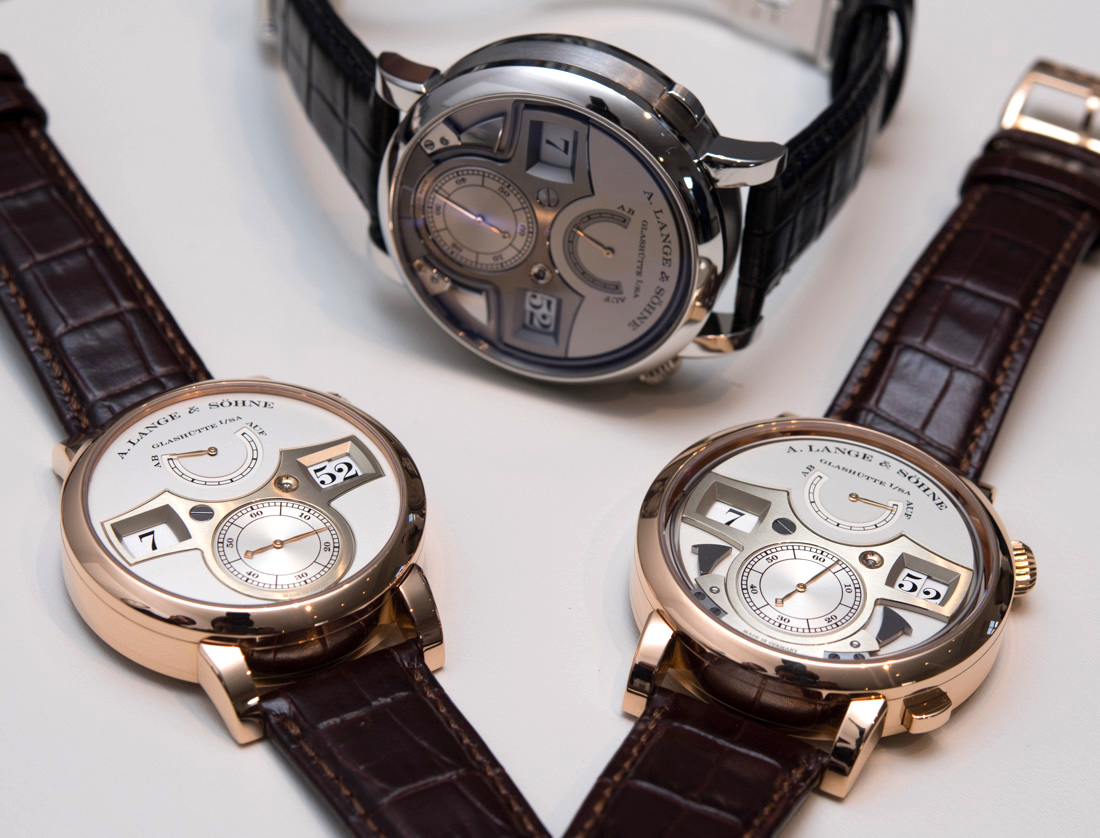
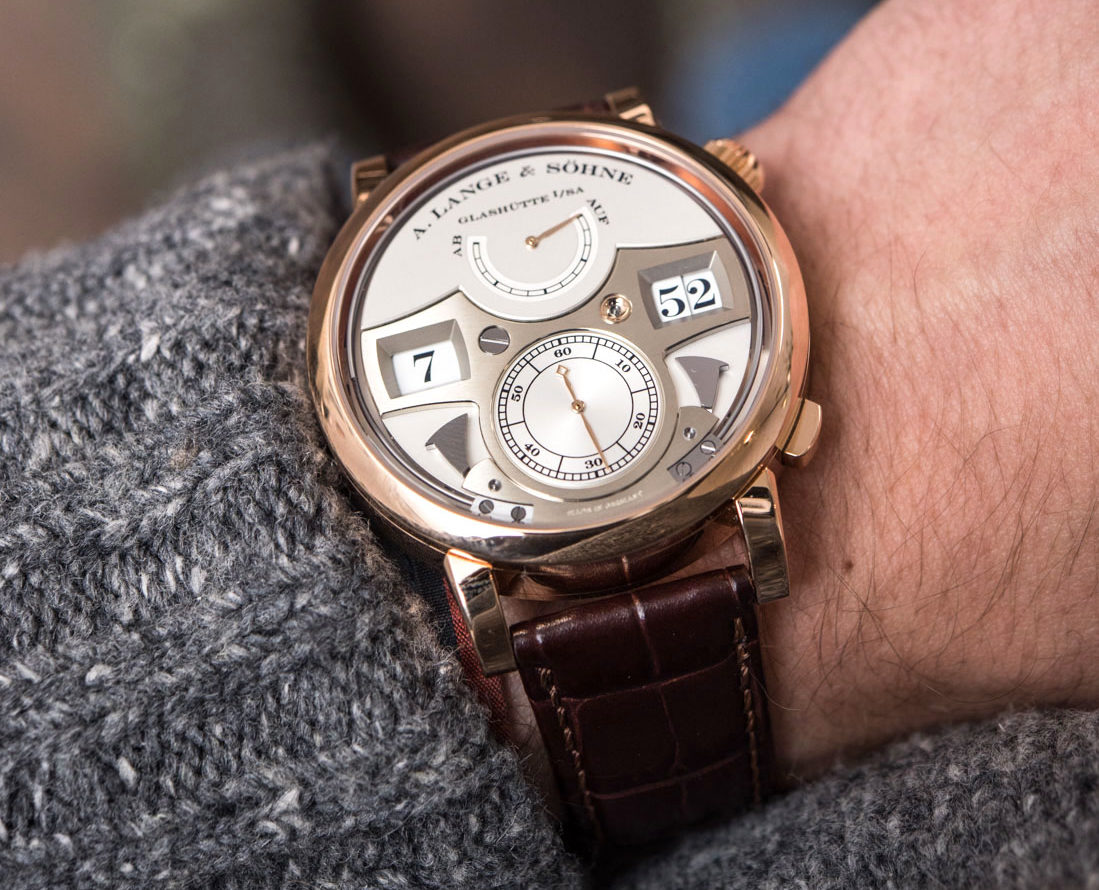
It’s a particular thrill to see this unique complication juxtaposed against the classically sleek, avant-garde design language that’s long defined A. Lange & Söhne, but like any truly great watch, it comes at a price. Cased in two different precious metals, and powered by three distinctly different complications, the pricing for each A. Lange & Söhne Zeitwerk differs a fair bit. The standard A. Lange & Söhne Zeitwerk Zeitwerk in rose gold starts around $70,000, whereas the A. Lange & Söhne Zeitwerk Striking Time in rose gold has a price of $117,500, and the A. Lange & Söhne Zeitwerk Minute Repeater cast in platinum goes for $467,700. lange-soehne.com

